Evil Dead 2
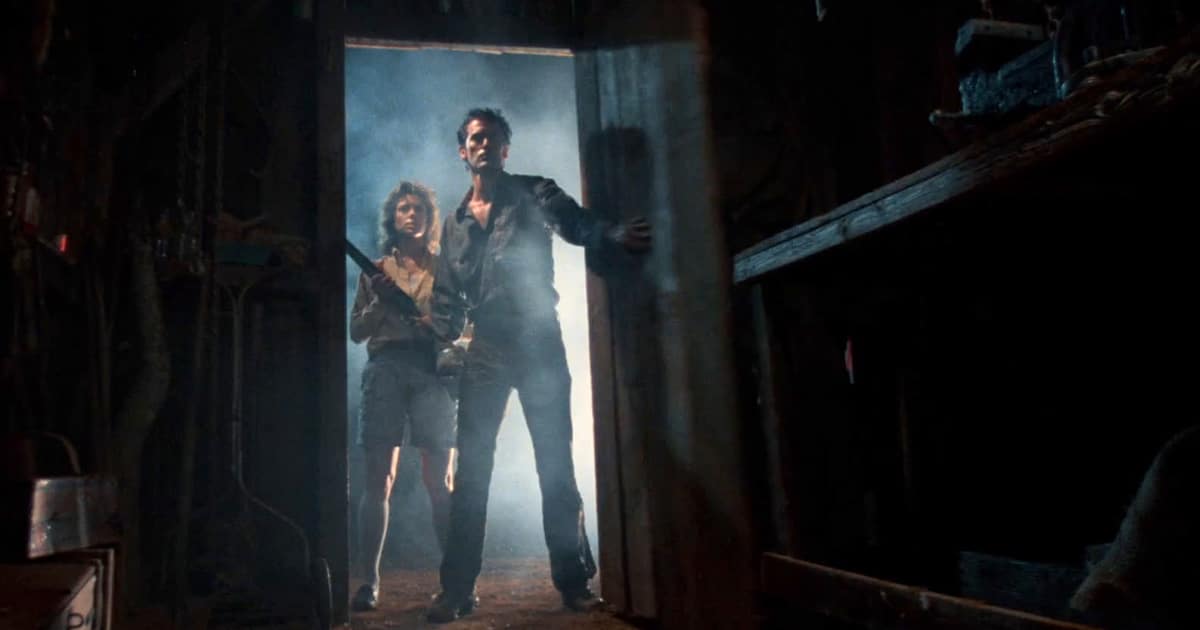
Director Sam Raimi made more of an impact with 1980’s The Evil Dead than most filmmakers manage in their entire career – so when we declare 1987’s Evil Dead 2 to be even better, that’s really saying something. The sequel tones down the brutality in favor of more overt comedy, proving one of the most pitch-perfect balances of horror and humor ever put to film.
Dawn of the Dead
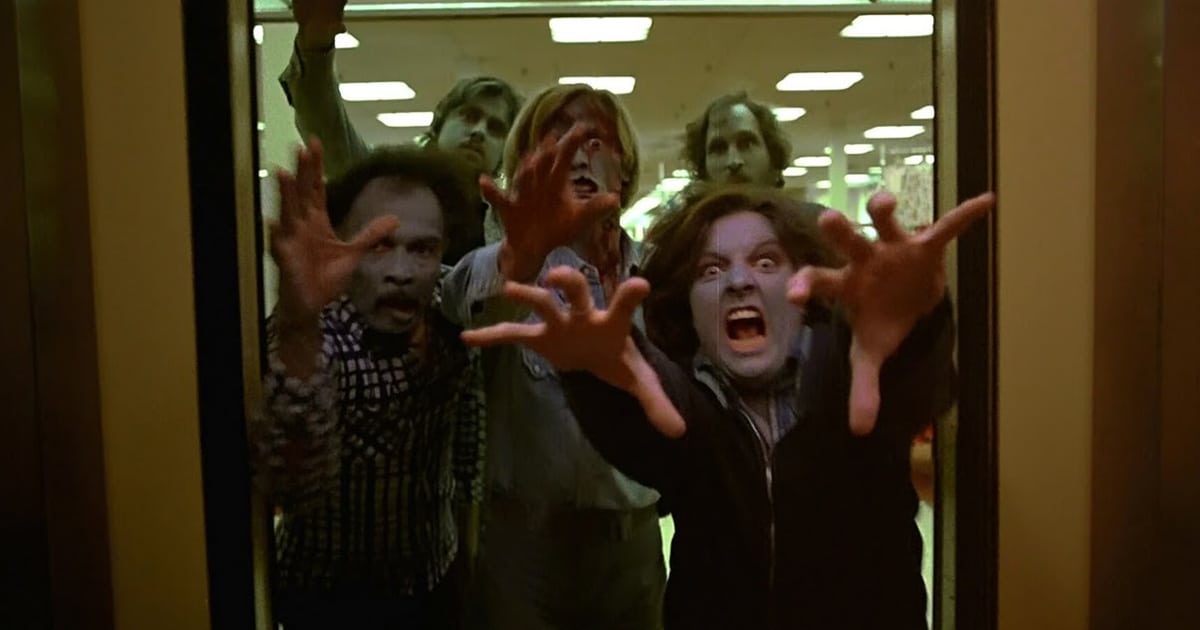
Writer-director George A. Romero’s 1968 classic Night of the Living Dead completely redefined the zombie as one of the greatest monsters. 1979’s Dawn of the Dead took the concept to a whole new, outright apocalyptic level. Dawn of the Dead breaks new ground in terms of how grisly horror movies could get, but it doesn’t neglect to tell a compelling story rich in social commentary.
Blade II
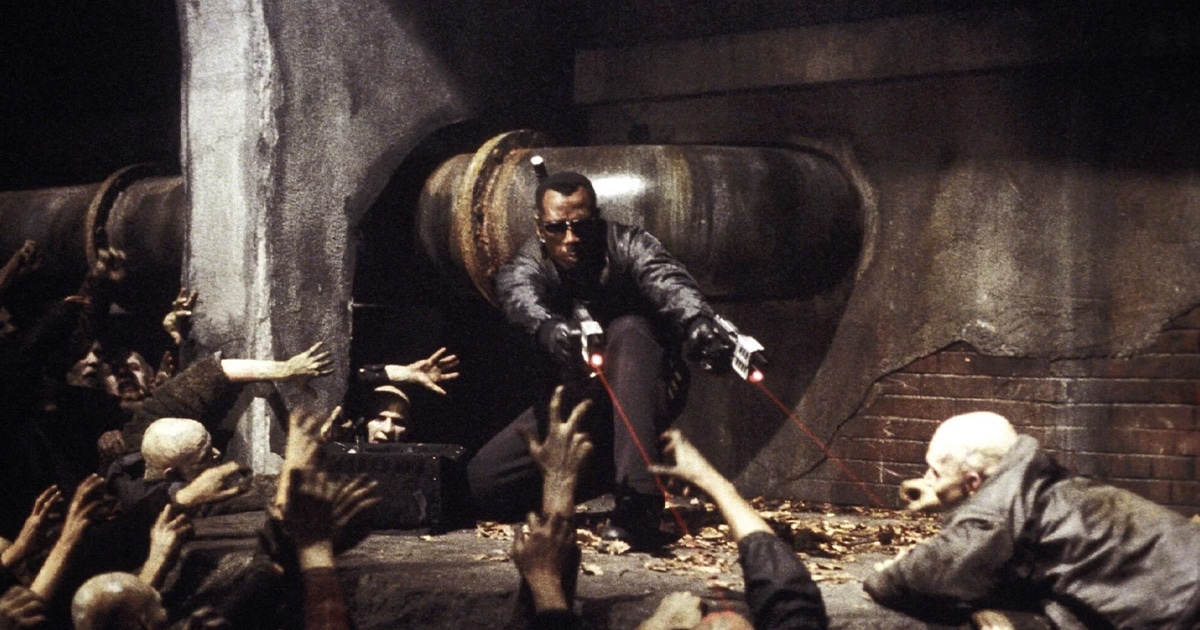
1998’s Blade was a key turning point for superhero movies, as well as a breath of fresh air for vampires. However, when Guillermo del Toro took the helm on 2002’s Blade II, the results were even better. The sequel puts Wesley Snipes’ ‘daywalker’ in an uneasy alliance with a team of moody vampire mercenaries to eliminate ravenous super-vampires known as the Reapers.
The Brides of Dracula
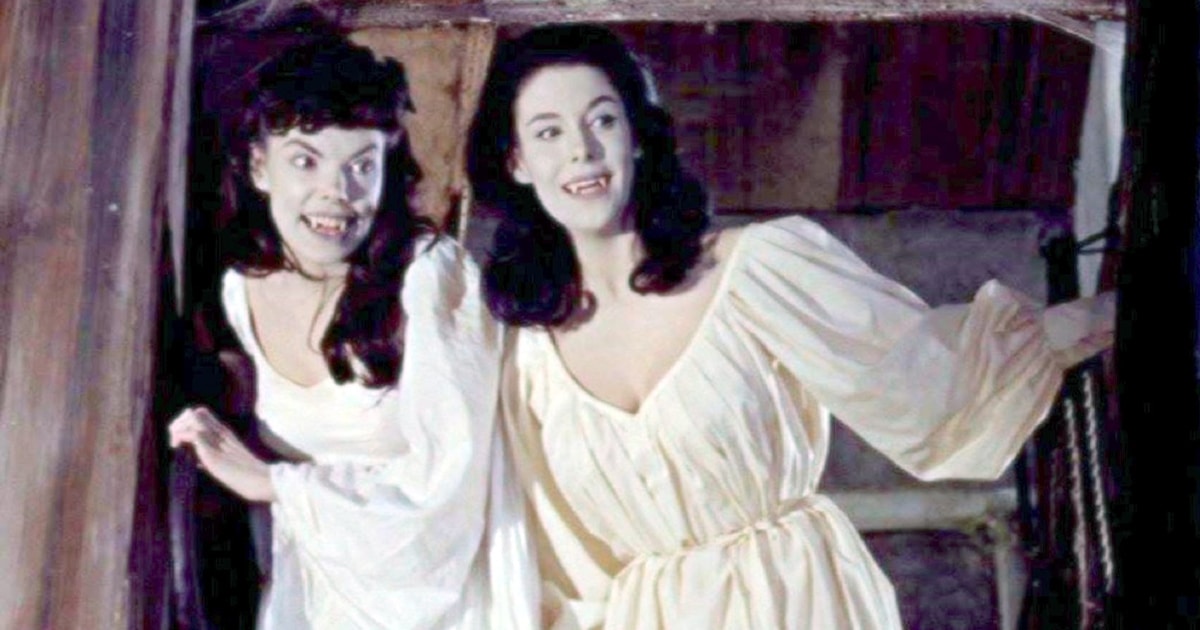
British production house Hammer had one of their biggest hits with 1958’s Horror of Dracula. Sadly, 1960 sequel The Brides of Dracula does not see Christopher Lee return, nor – despite the rather misleading title – does Dracula himself even appear. This notwithstanding, The Brides of Dracula improves on the previous film in almost every respect, with lavish set designs and costumes, and more intense action.
Sleepaway Camp 2: Unhappy Campers
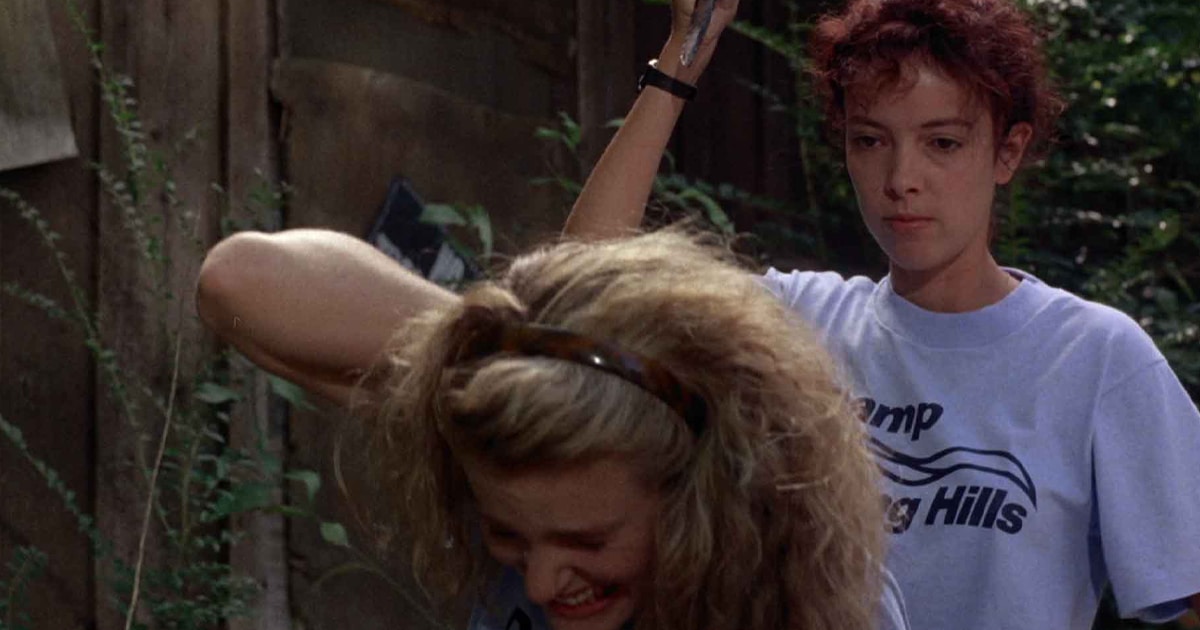
1983’s Sleepaway Camp is considered a classic by many slasher fans. 1988 sequel Sleepaway Camp II: Unhappy Campers casts Pamela Springsteen (sister of rock legend Bruce) as serial killer Angela Baker, and predicts the knowing, ironic take on slashers which Scream would popularize eight years later. Just don’t expect anything tasteful: bulging with gratuitous nudity and ridiculous murders, this is 80s horror at its trashiest.
Ouija: Origin of Evil
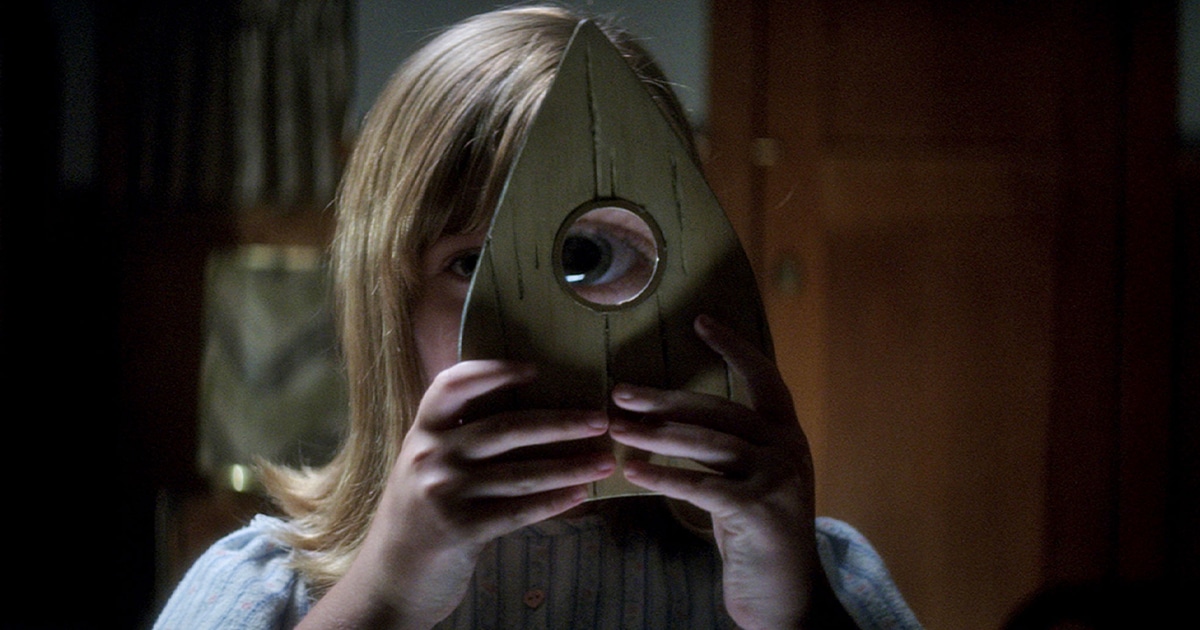
2014’s Ouija was not, by any estimation, an especially great movie. Happily, for the 2016 follow-up the producers hired one of the best writer-directors working in horror today: Mike Flanagan (Doctor Sleep, Netflix’s The Haunting of Hill House). A 60s-set prequel, 2016’s Ouija: Origin of Evil follows the family of a bogus spirit medium, who are surprised to find themselves besieged by genuine spirits.
Gremlins 2: The New Batch
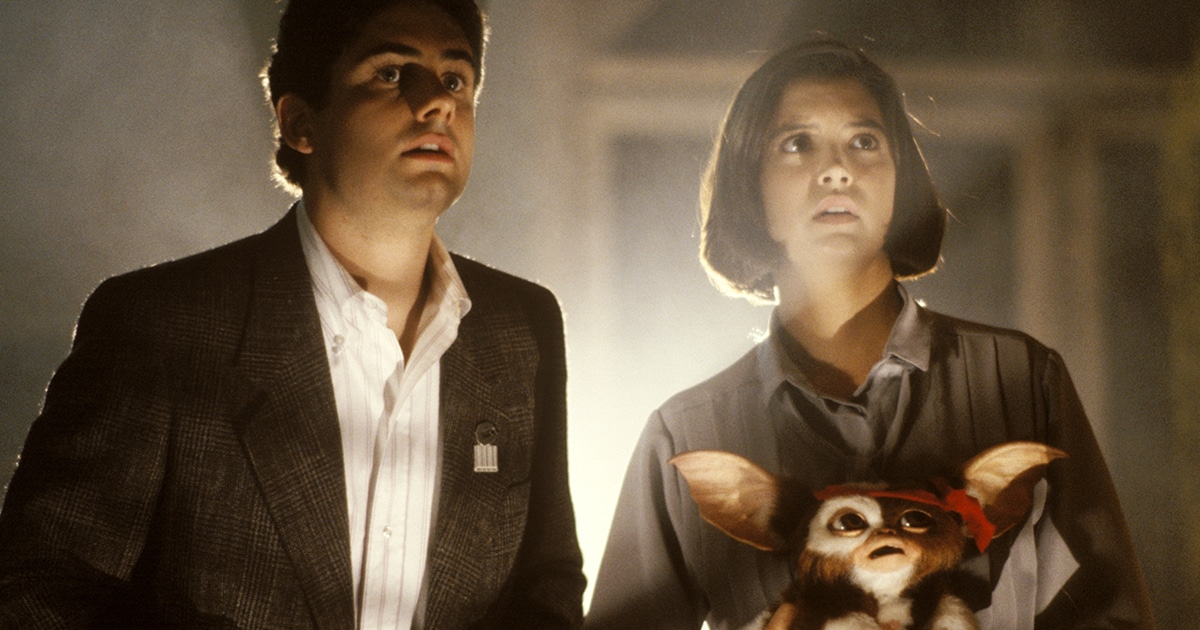
1984’s Gremlins was a groundbreaking blend of family adventure and horror. The 1990 sequel puts the malevolent little monsters into a whole new setting – a New York skyscraper that houses a cable TV network – and approaches the concept with a radically different tone. Director Joe Dante piles on the cartoonish, fourth-wall-breaking comedy, whilst heavily sending up 80s yuppiedom and cable TV culture.
The First Purge
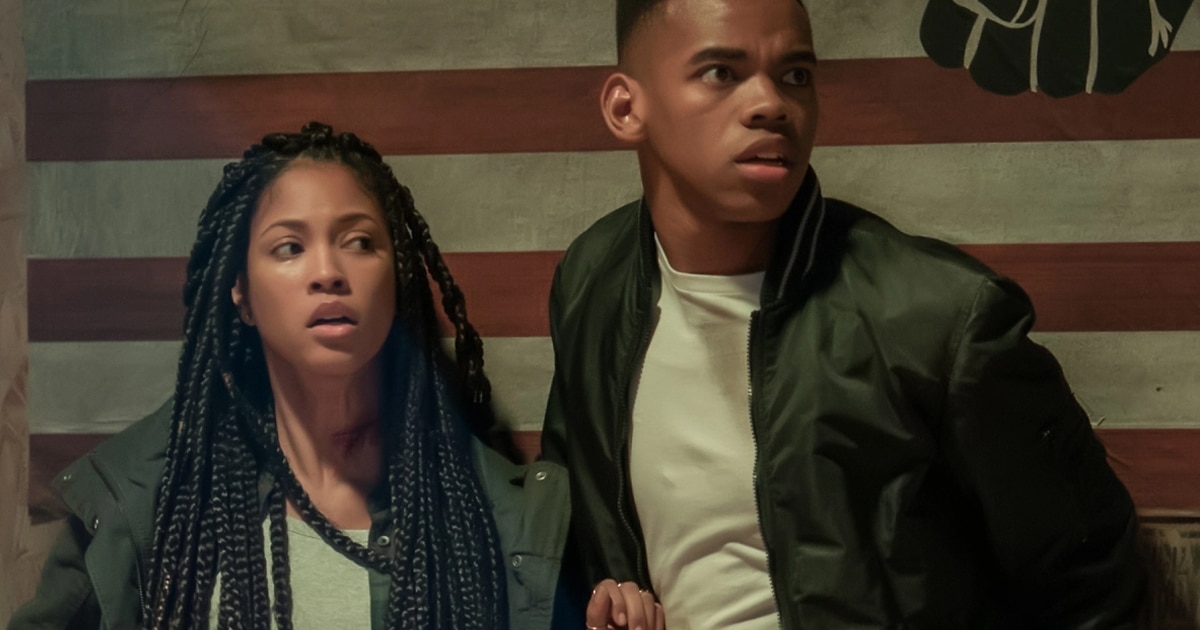
2013’s The Purge boasts a killer concept: the legalization of all crime for one night a year. 2018’s The First Purge (the fourth entry) proved to be the most powerful, entertaining take on the idea. As the title suggests, it’s a prequel, showing how the original idea of the Purge Night was first put into practice in New York’s Staten Island.
10 Cloverfield Lane
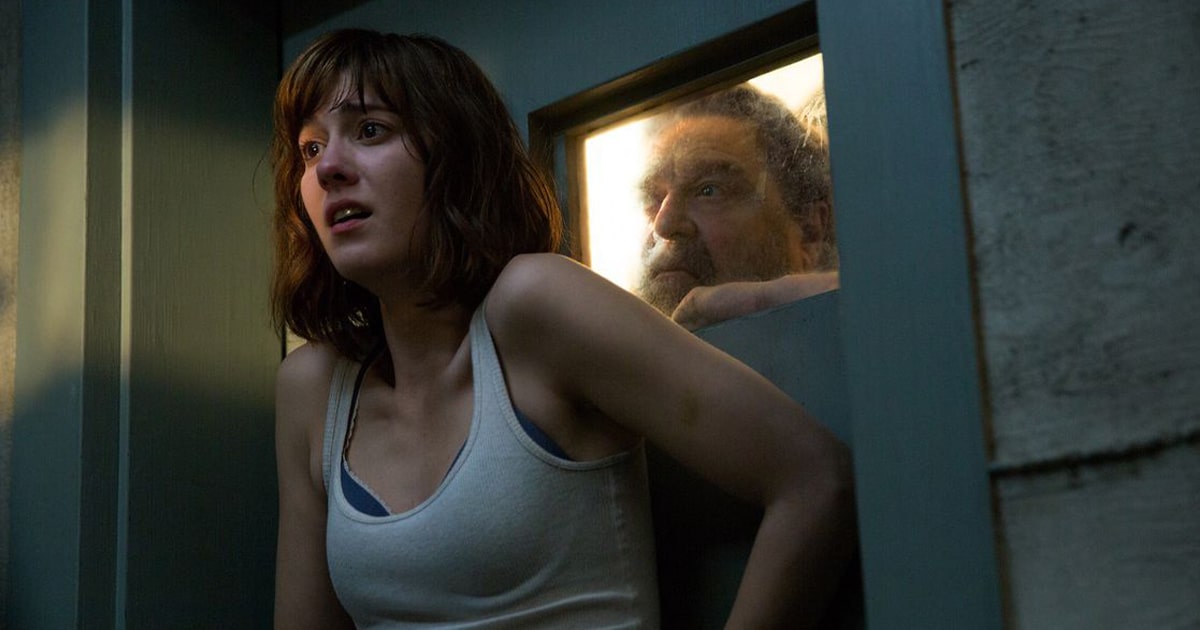
There’s basically no narrative link between 2008 monster movie Cloverfield and 2016’s 10 Cloverfield Lane (and the less said about 2018’s The Cloverfield Paradox, the better). Still, the J.J. Abrams-produced series peaked with the sequel, which centers on a woman (Mary Elizabeth Winstead) who finds herself trapped in an underground survival bunker with a stranger (John Goodman) in the wake of an apparent disaster.
Leprechaun in the Hood
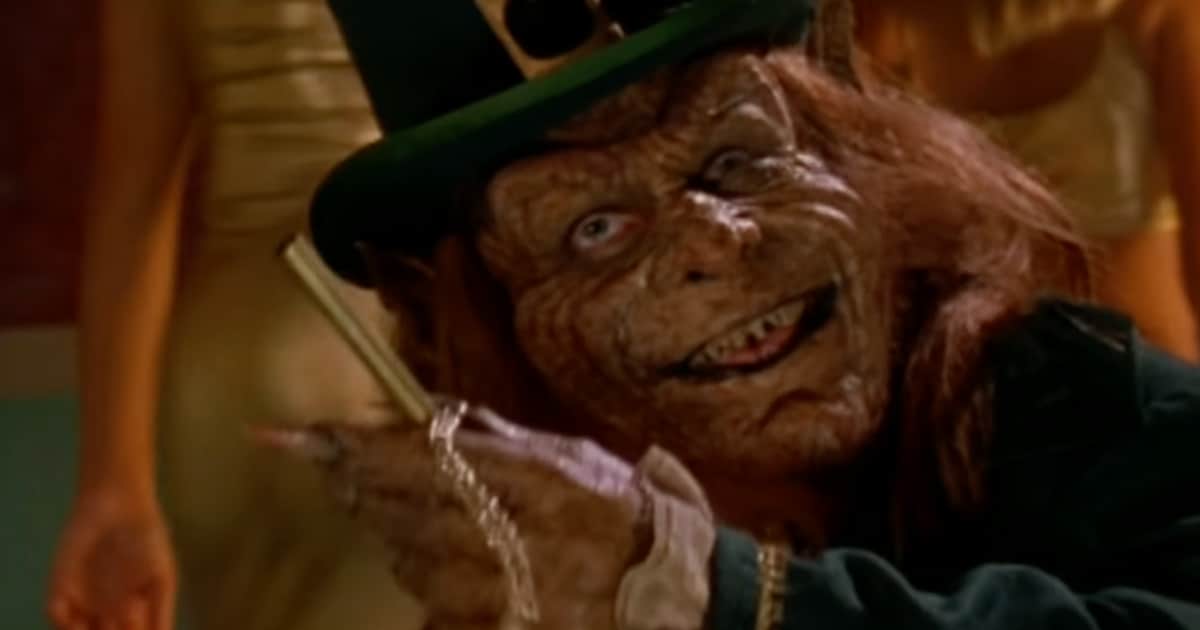
Since the Leprechaun series kicked off in 1993, it’s been one of the most outlandish horror franchises ever. The more ridiculous the movies have gotten, the better – and you can’t get much more ridiculous than 2000’s fifth film Leprechaun in the Hood. Warwick Davis returns as the evil Irish imp let loose in South Central LA, where he crosses paths with struggling rappers.
The Devil’s Rejects
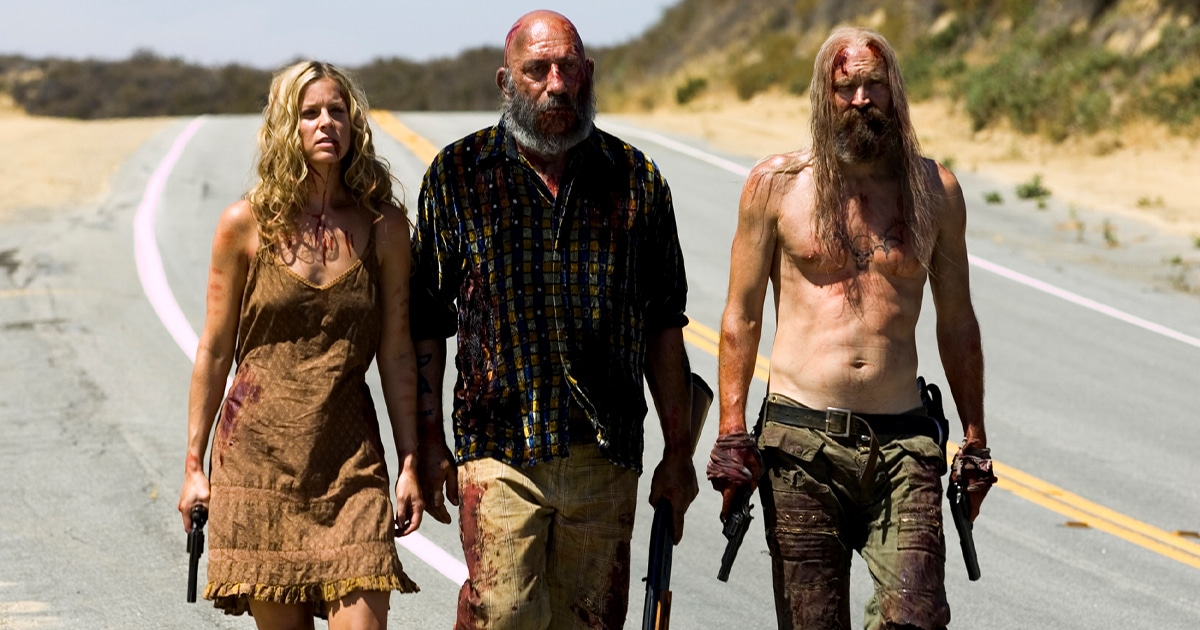
Rocker Rob Zombie shocked audiences with his unhinged directorial debut House of 1000 Corpses. 2005 sequel The Devil’s Rejects is less theatrical, but even more brutal; indeed, it’s one of the nastiest, most mean-spirited films ever to come out of a major Hollywood studio. Viewers require strong stomachs, but those who can handle the persistent nastiness may also appreciate the intriguing characters and jet-black humor.
[REC] 3: Genesis
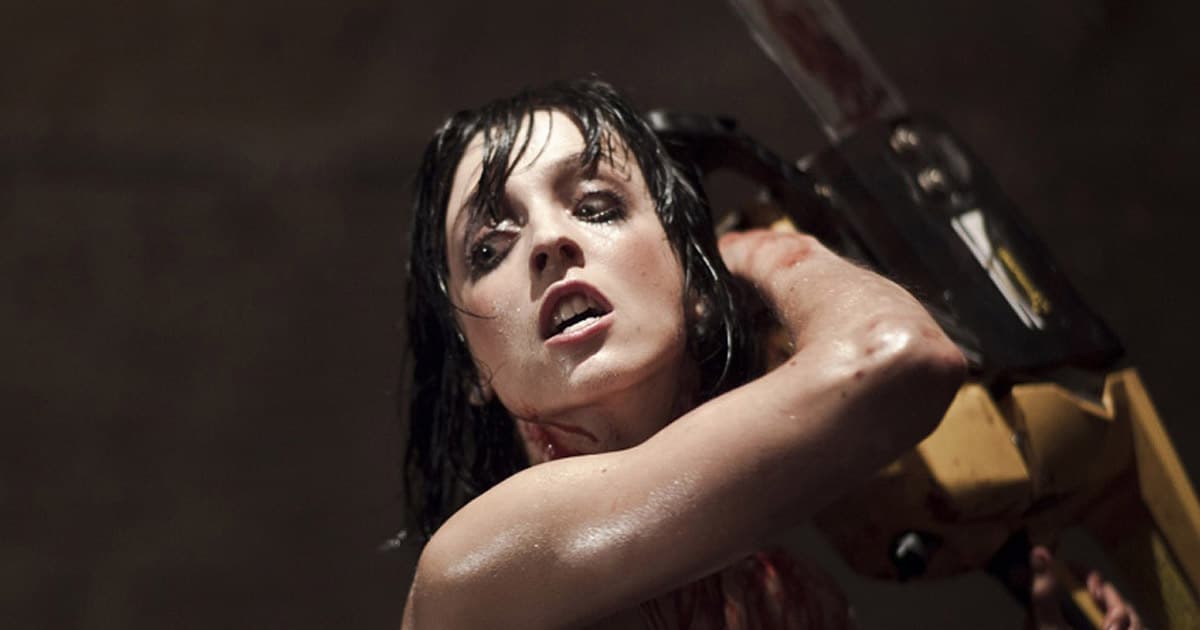
2007 Spanish production [REC] was a key entry in both the found footage and zombie movie booms of the era. While 2009’s [REC] 2 provides more of the same, 2012’s [REC] 3: Genesis is a refreshing change, ditching the found footage approach for a more traditional horror style, as well as significantly upping the humor as the zombie outbreak hits an otherwise idyllic wedding day.
Wrong Turn 2: Dead End
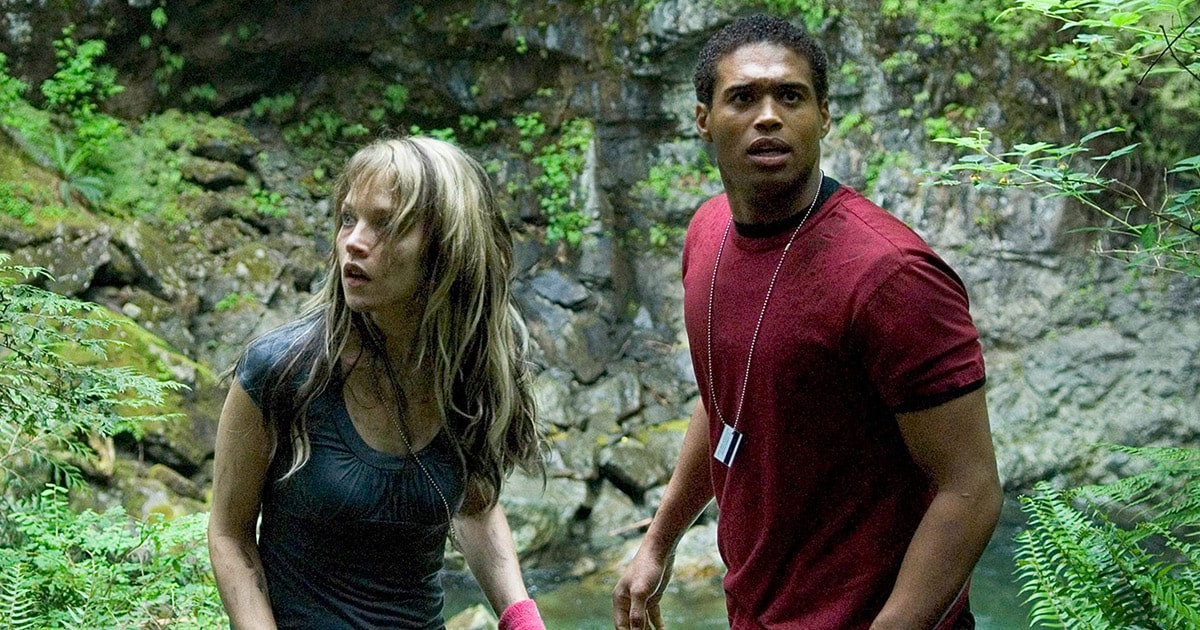
2003’s Wrong Turn is a hard-edged, violent shocker, director Rob Schmidt’s film helped usher in a new era of gritty, ordeal-based horror. However, 2007’s direct-to-DVD follow-up Wrong Turn 2: Dead End has a considerably lighter touch, following the cast and crew of a survival-based reality TV show who venture into the same woods that are home to the mutant cannibal family of the first movie.
Return of the Living Dead 3
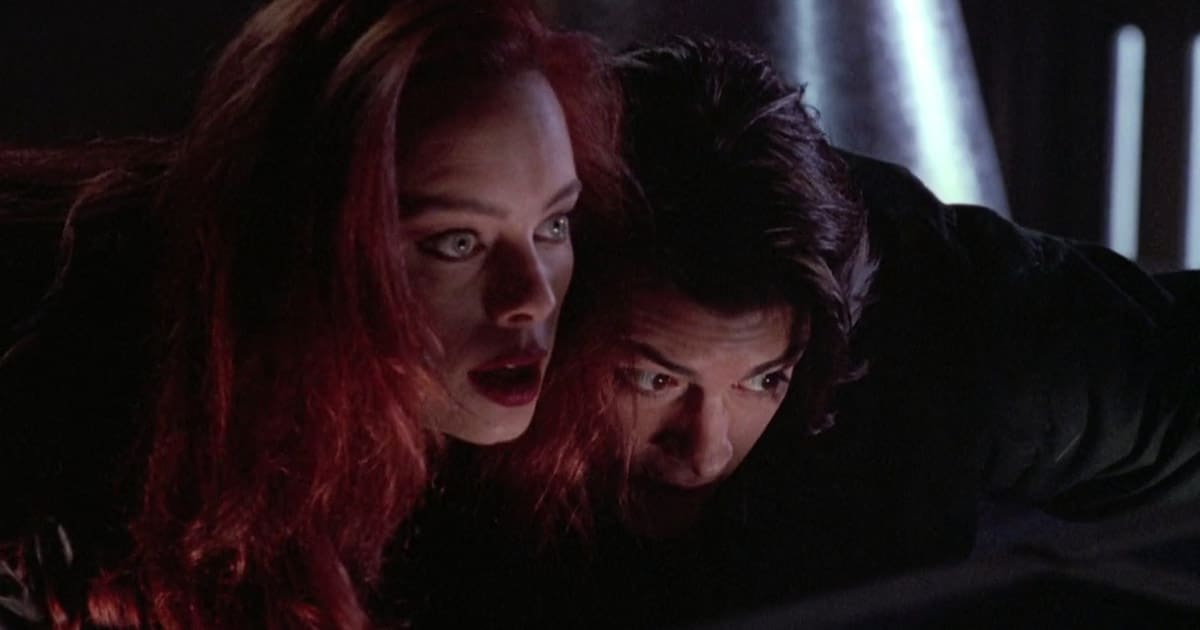
Many horror sequels adopt a more light-hearted tone than their predecessors, yet 1993’s Return of the Living Dead 3 succeeds by taking a more serious approach. The romance of angsty Gen-X teens Julie (Melinda Clarke) and Curt (J. Trevor Edmond) is thrown into turmoil when Julie is accidentally exposed to 2-4-5 Trioxin, the deadly gas that turns those who inhale it into the living dead.
Twins of Evil
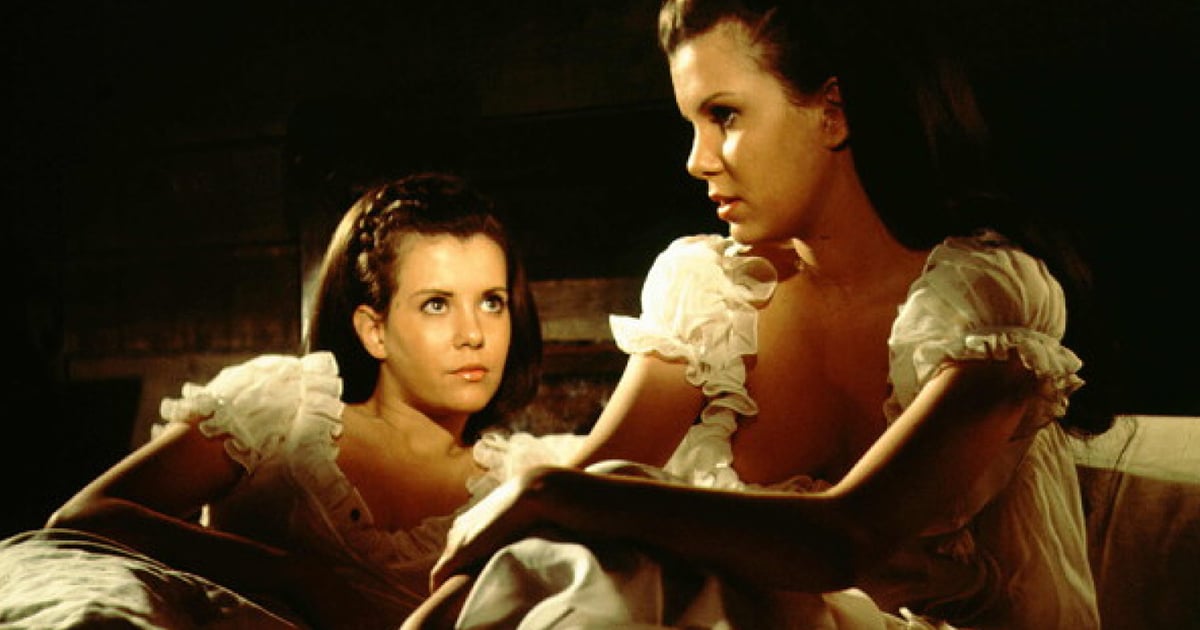
Following on from 1970’s The Vampire Lovers and 1971’s Lust For a Vampire, Twins of Evil was the final entry in Hammer’s Karnstein trilogy, loosely inspired by J. Sheridan Le Fanu’s classic vampire story Carmilla. Real-life identical twins Mary and Madeleine Collinson star as orphaned sisters sent to live with their puritanical uncle (Peter Cushing). When the rebellious Frieda becomes a vampire, lurid thrills ensue.
Friday the 13th Part VI: Jason Lives
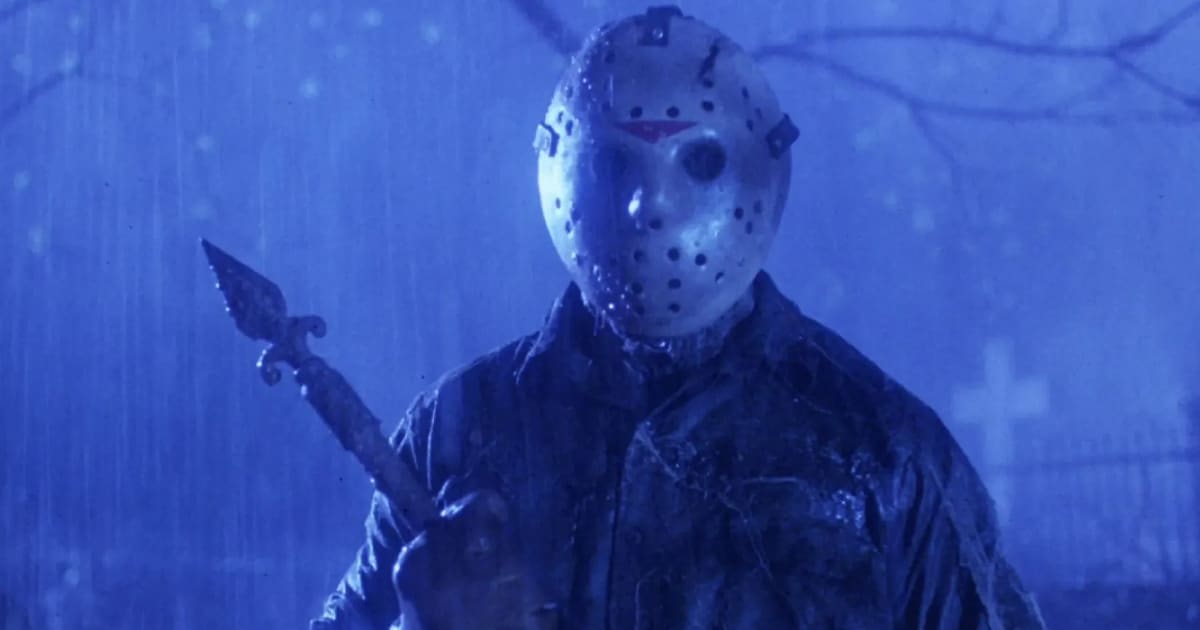
It’s usually anticipated that the longer a series goes on, the worse it’s going to get – but not always, as Friday the 13th Part VI: Jason Lives proves. The 1986 film sees the hockey mask-clad Jason Voorhees return from the dead, and while it’s a lot less grisly than most of the Friday the 13th films, but it’s by far the most fun to watch.
Final Destination 2
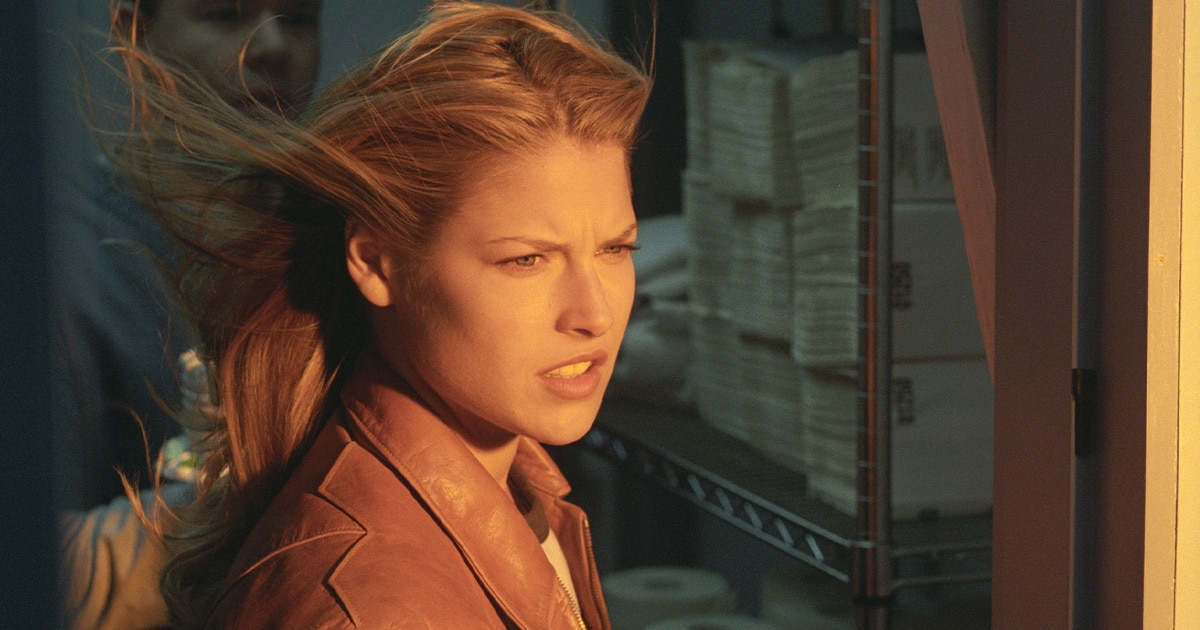
2000’s Final Destination set a formula that its four sequels would milk thoroughly, and 2003’s Final Destination 2 (which sees another group of teens avoid dying in a highway pile-up) is arguably the best of them. Disregarding the more somber overtones of the first film, the sequel embraces the entertainment value of the absurd ‘accidental’ deaths, piling on the dark humor and the crowd-pleasing gore.
Bride of Chucky
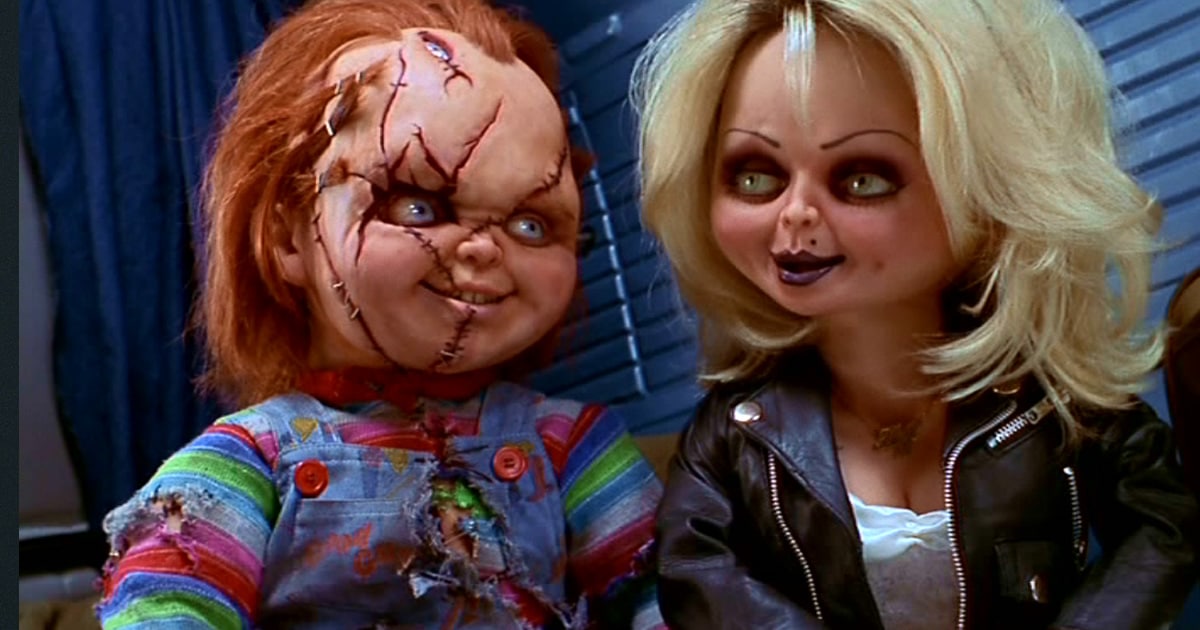
Arriving ten years after the original Child’s Play, 1998’s Bride of Chucky fits nicely with the post-Scream wave of slashers, adding a hearty dose of self-referential humor to the mix. The fourth film introduces Jennifer Tilly as Tiffany, ex-lover of Brad Dourif’s Chucky who soon joins him in doll form. It’s the most stylishly-made film of the series, with the most energetic action to boot.
The Bride of Frankenstein
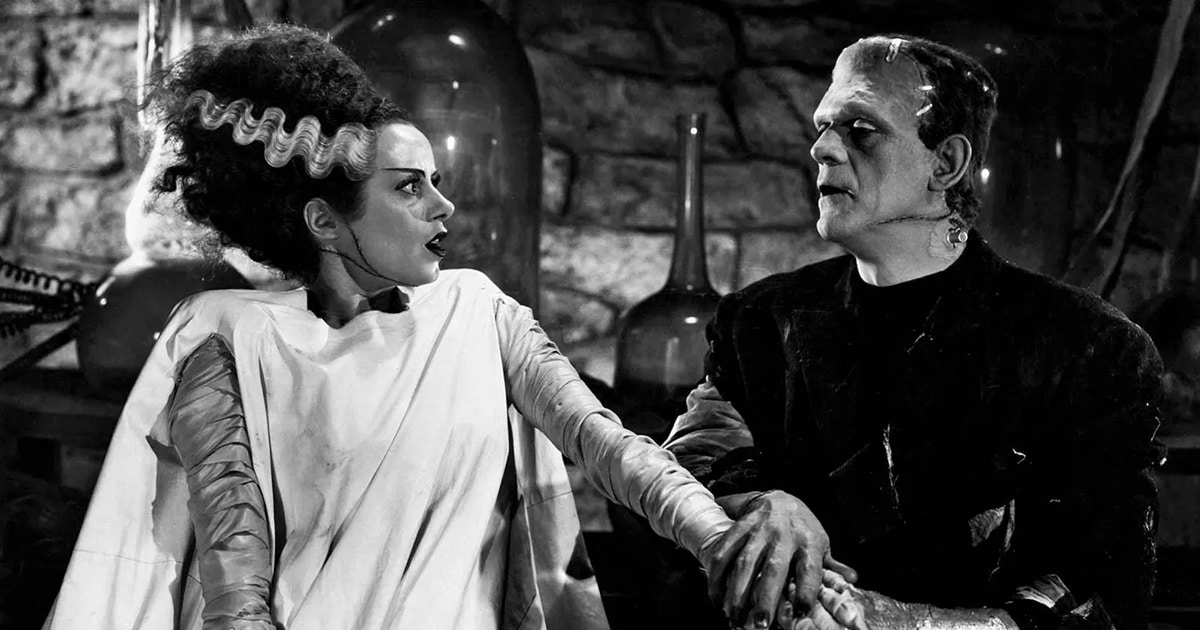
1931’s Frankenstein was, and remains, a true landmark in film history, yet 1935’s The Bride of Frankenstein surpasses the original in every respect. A grander, more operatic film than its predecessor, boasting more creative camerawork, stronger performances and more macabre humor, the sequel delves deeper into the tragic nature of Boris Karloff’s creature, as well as introducing Elsa Lanchester as his ill-fated would-be Bride.
A Nightmare on Elm Street 3: Dream Warriors
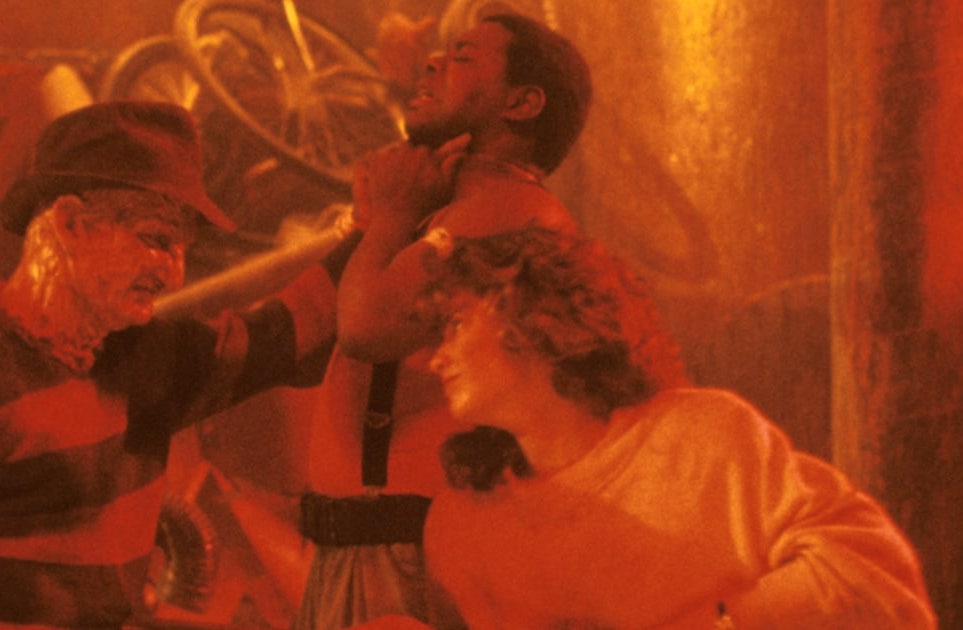
1984 horror hit A Nightmare on Elm Street made an icon out of Robert Englund’s Freddy Krueger, but it was 1987’s A Nightmare on Elm Street 3: Dream Warriors that really nailed the concept. Heather Langenkamp returns as final girl Nancy, who trains a new group of teens learn to take control in the dream world and fight back against the lord of nightmares.
Aliens

It’s widely acknowledged that Ridley Scott’s original 1979 Alien and James Cameron’s 1986 sequel Aliens are both masterpieces in their own right, and it seems fans will never stop debating which is the better of the two. Aliens gets the edge in our book; it’s significantly bigger and more action-oriented than its predecessor, yet that same sense of dread and threat remains palpable throughout.
Frankenstein Created Woman
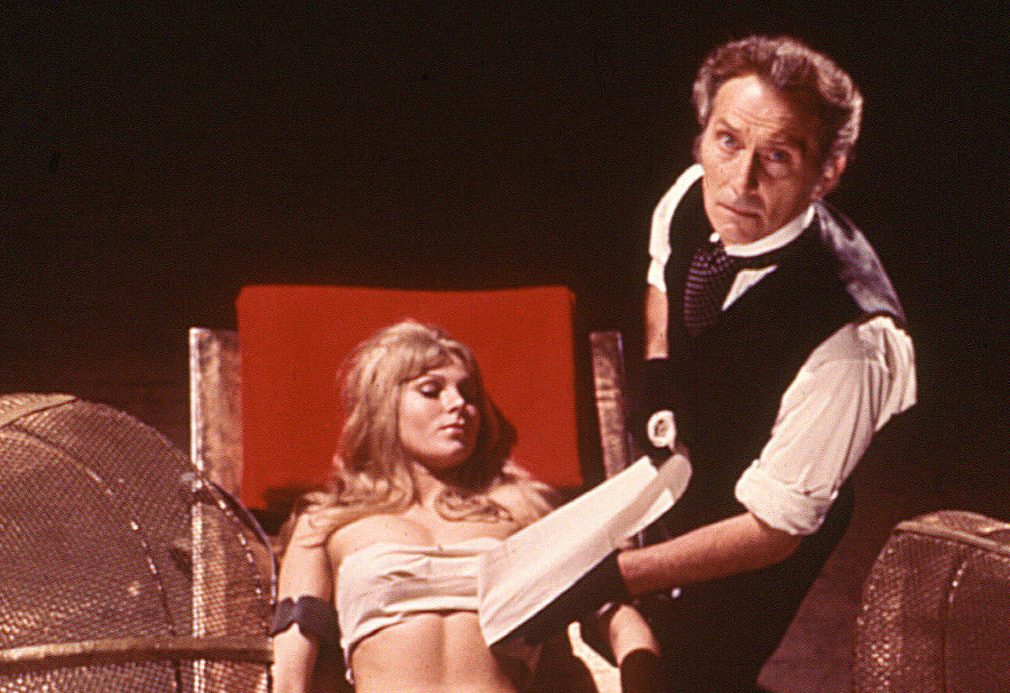
Arriving a full decade after first film The Curse of Frankenstein, 1967’s Frankenstein Created Woman was the fourth entry in the Hammer Films series. With a title that was a pun on Brigitte Bardot movie And God Created Woman, one might expect something a bit tawdry – yet on the contrary, it’s one of the most compelling and inventive films that Hammer ever produced.
Dracula’s Daughter
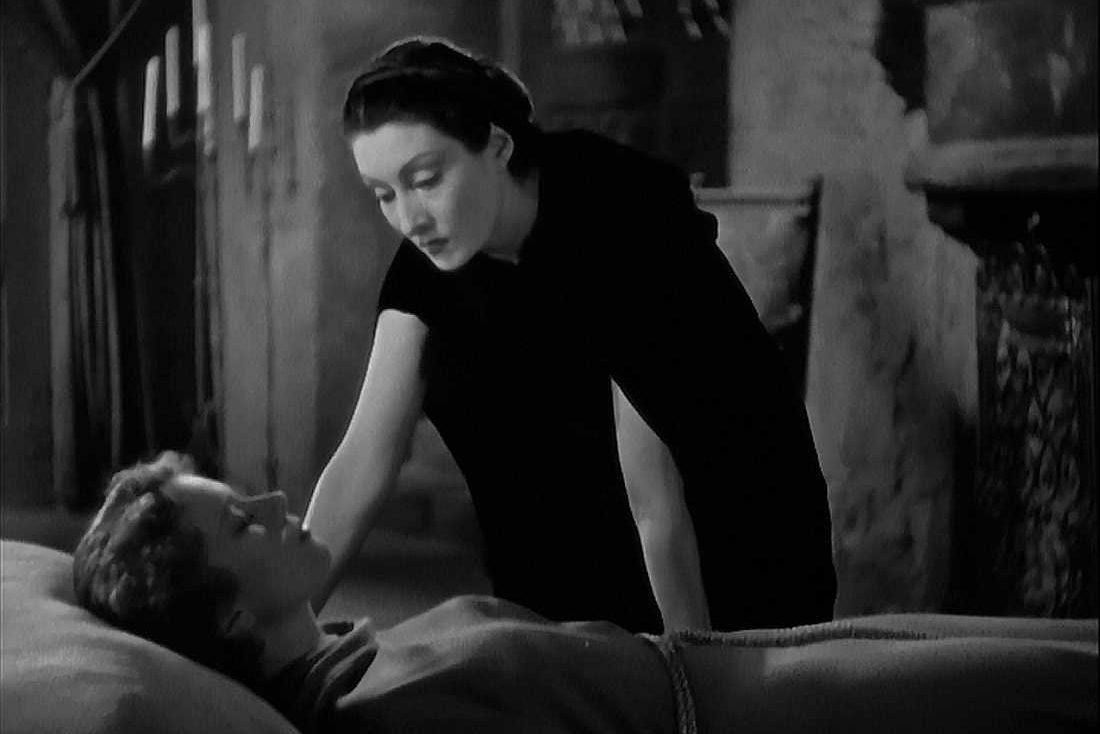
Universal’s 1931 Dracula was unquestionably a landmark horror film, but the sad fact is that, beyond Bela Lugosi’s compelling performance, it doesn’t hold up very well today. 1936 sequel Dracula’s Daughter is far more interesting visually and thematically, and Gloria Holden is hauntingly good as one of the screen’s first female vampires. It’s also surprising to see a 1936 production boast such overtly sapphic overtones.
Saw VI
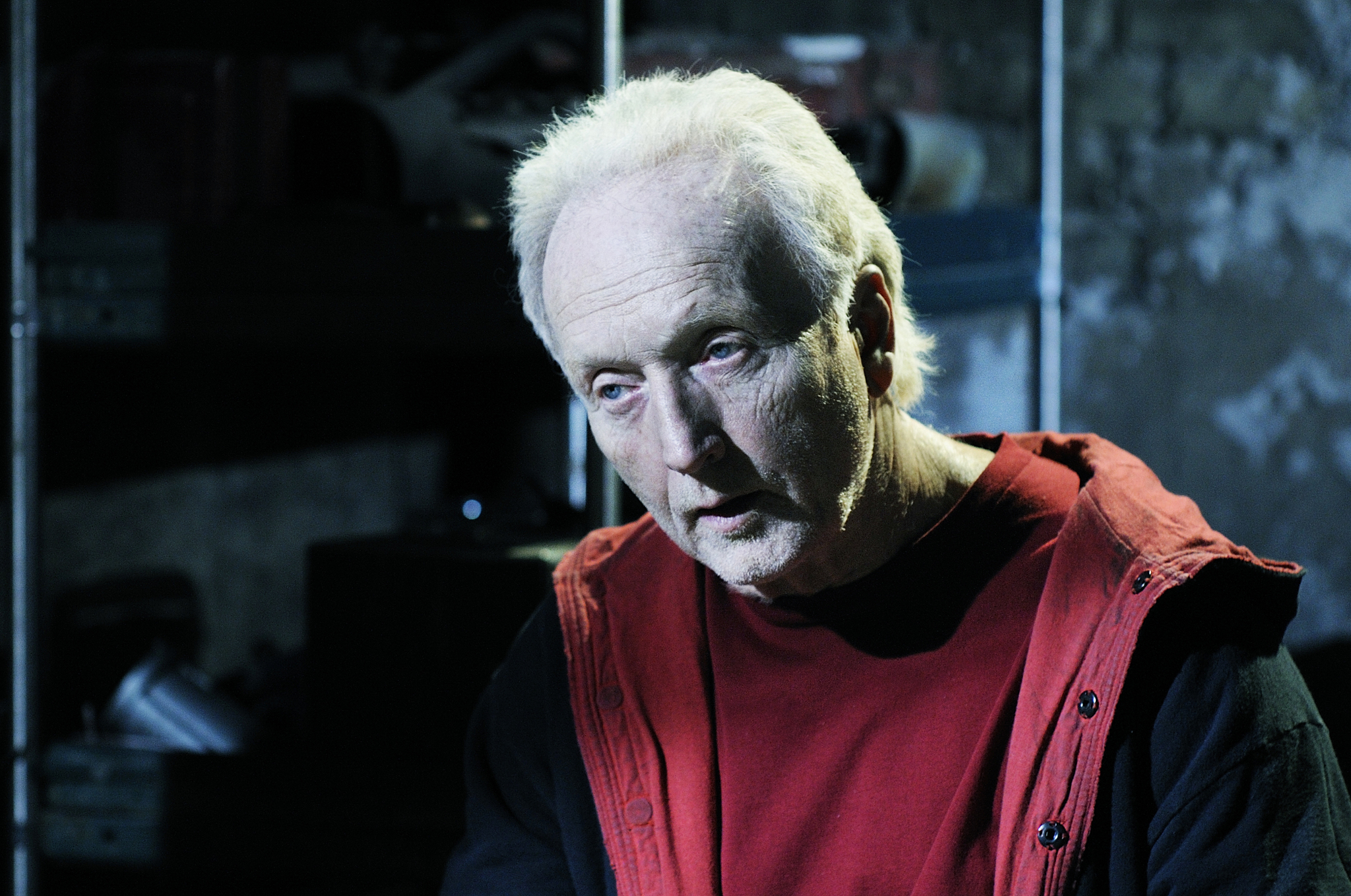
Saw set the stage for the grim, gritty horror that dominated the 2000s, and its first few sequels built up a complex mythos whilst piling on the gruesome trap-based shocks. Surprising many, 2009’s Saw VI proved a major highlight, boasting some of the series’ most luridly entertaining set pieces plus some unexpectedly political overtones, with nods to the financial crisis of the time.
Scream 2
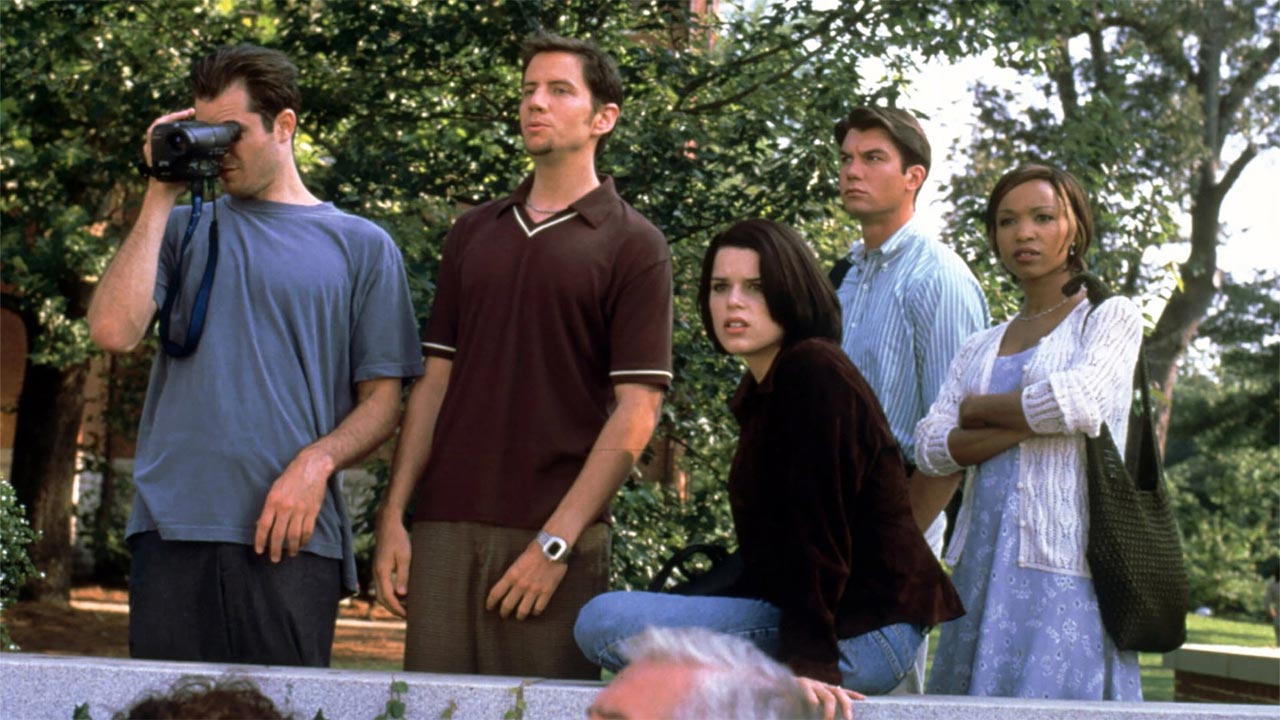
1996’s Scream changed slasher movies forever with its knowing, post-modern approach to the genre. 1997’s Scream 2 went one better by taking the same approach to sequels, explaining the tropes whilst also exploring them and finding some new ground. The characters we grew to love in the original are fleshed out further, and director Wes Craven delivers a slew of larger-scale, enormously suspenseful set pieces.
Hellbound: Hellraiser II
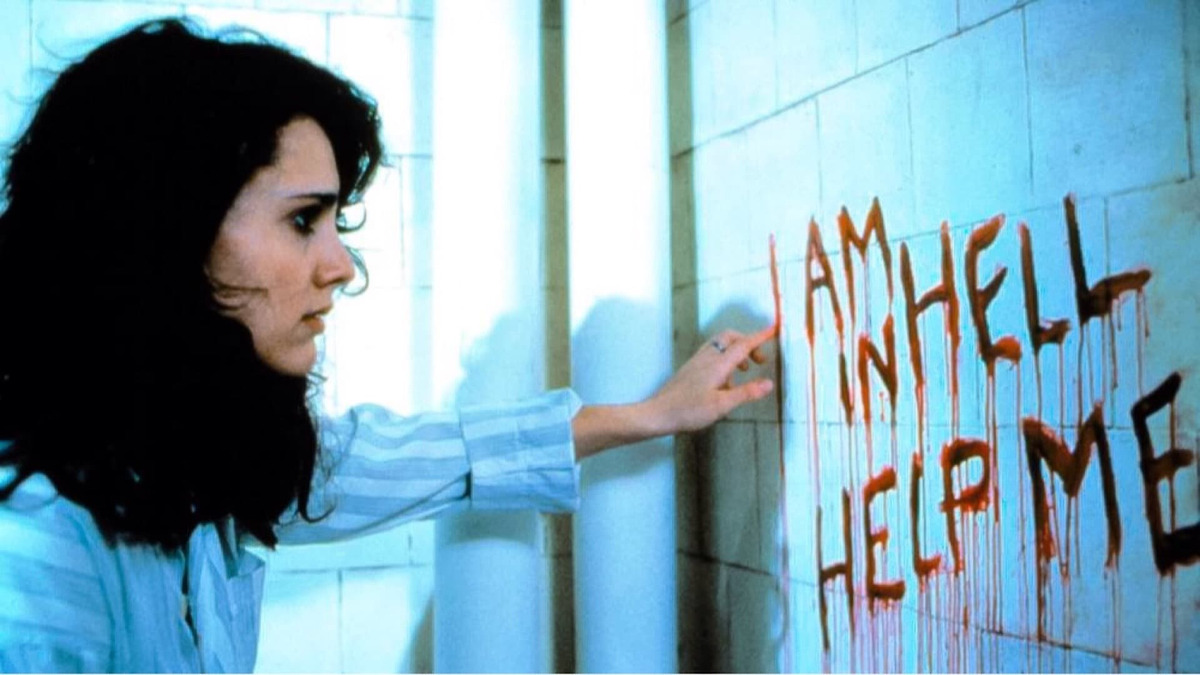
Clive Barker’s 1987 film Hellraiser gave us just a glimpse of the nightmarish netherworld which the monstrous Cenobites call home – but Hellbound: Hellraiser II takes us all the way in. Director Tony Randel’s 1988 sequel delves into the backstory of Pinhead, promotes Claire Higgins’ Julia to full-blown villain, and presents a surreal vision of hell that proves compelling even on a clearly low budget.
28 Weeks Later
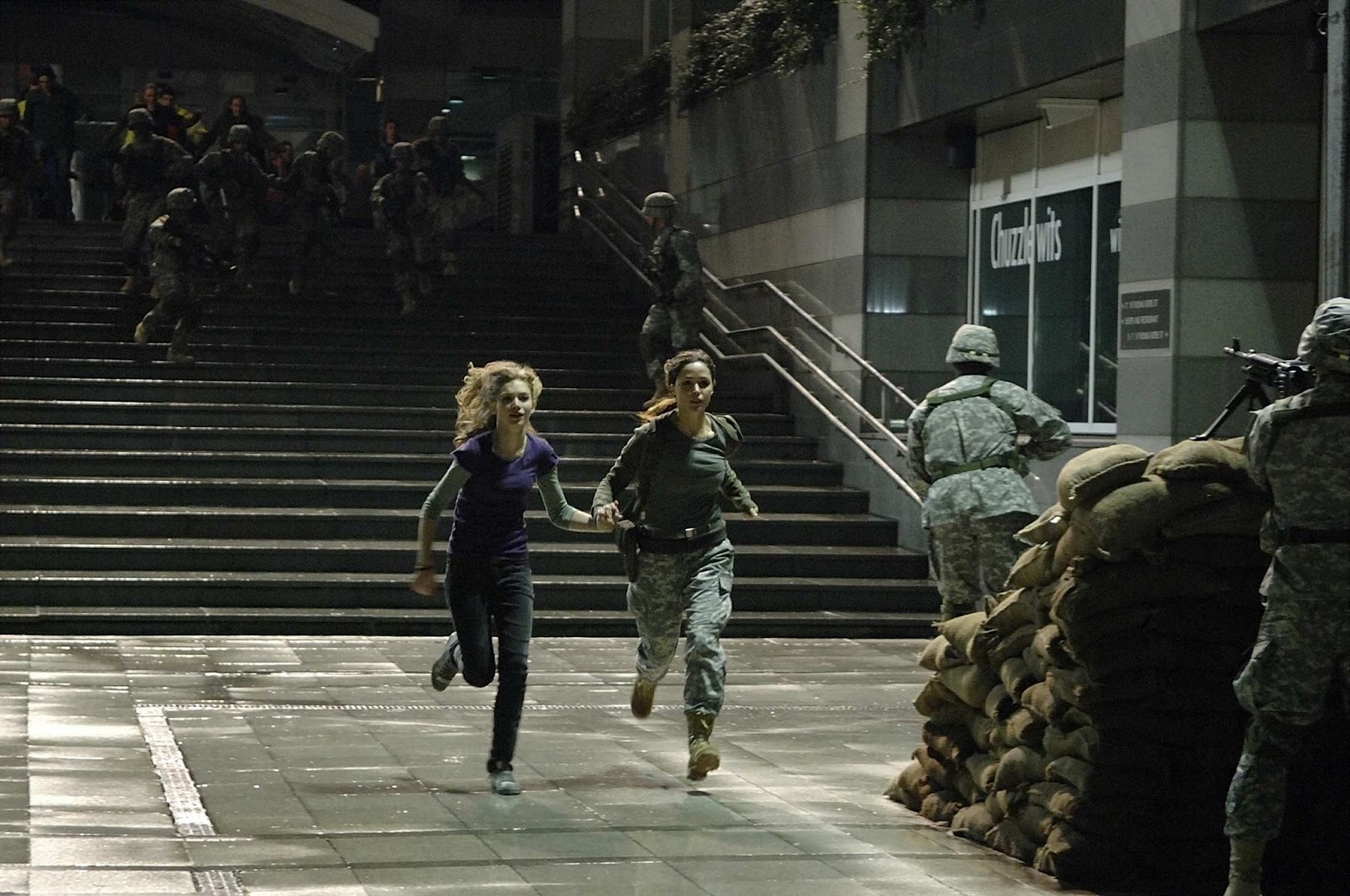
While genre purists may still debate whether or not 28 Days Later is really a zombie movie, Danny Boyle’s 2002 horror inspired a slew of similar apocalyptic horror movies featuring infected hordes who (unlike classic zombies) move very quickly. The best such film was the 2007 sequel 28 Weeks Later, which significantly upped the scale and helped make stars of Jeremy Renner and Rose Byrne.
Night of the Demons 2
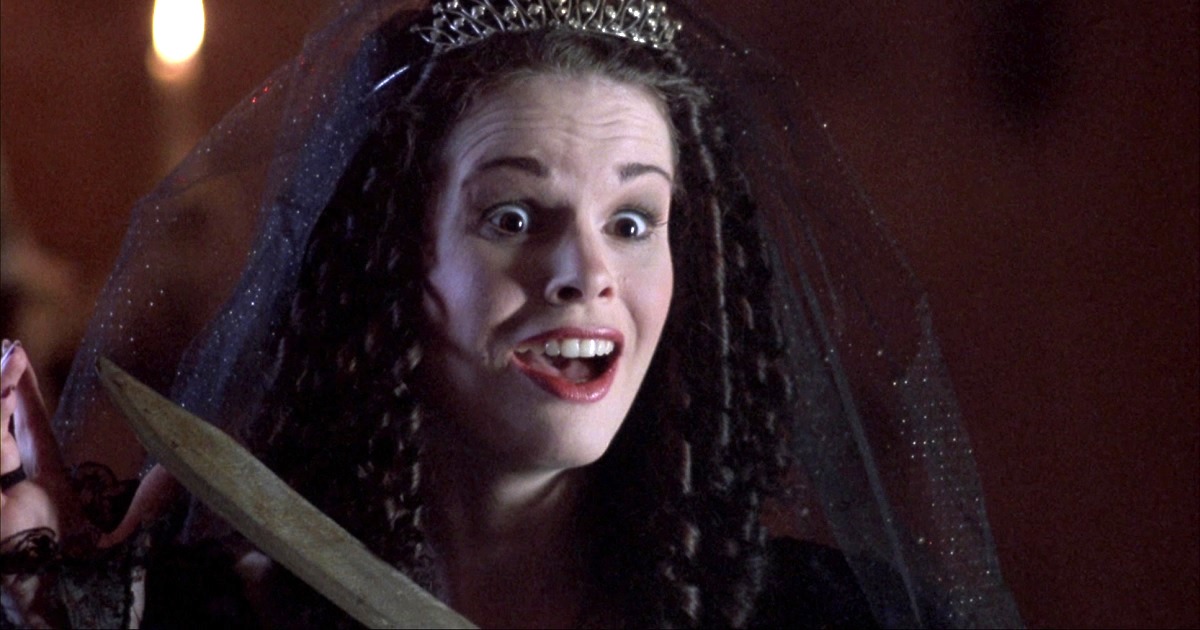
A tale of a Halloween party that goes to hell, 1988’s Night of the Demons is an enjoyably anarchic romp slightly hindered by low production values and script deficiencies. 1994’s Night of the Demons 2 sees Amelia Kincaid’s Angela return to wreak havoc on a boarding school, with a bigger budget, slicker visuals and superior special effects, which are employed to often surprisingly subversive effect.
Prey
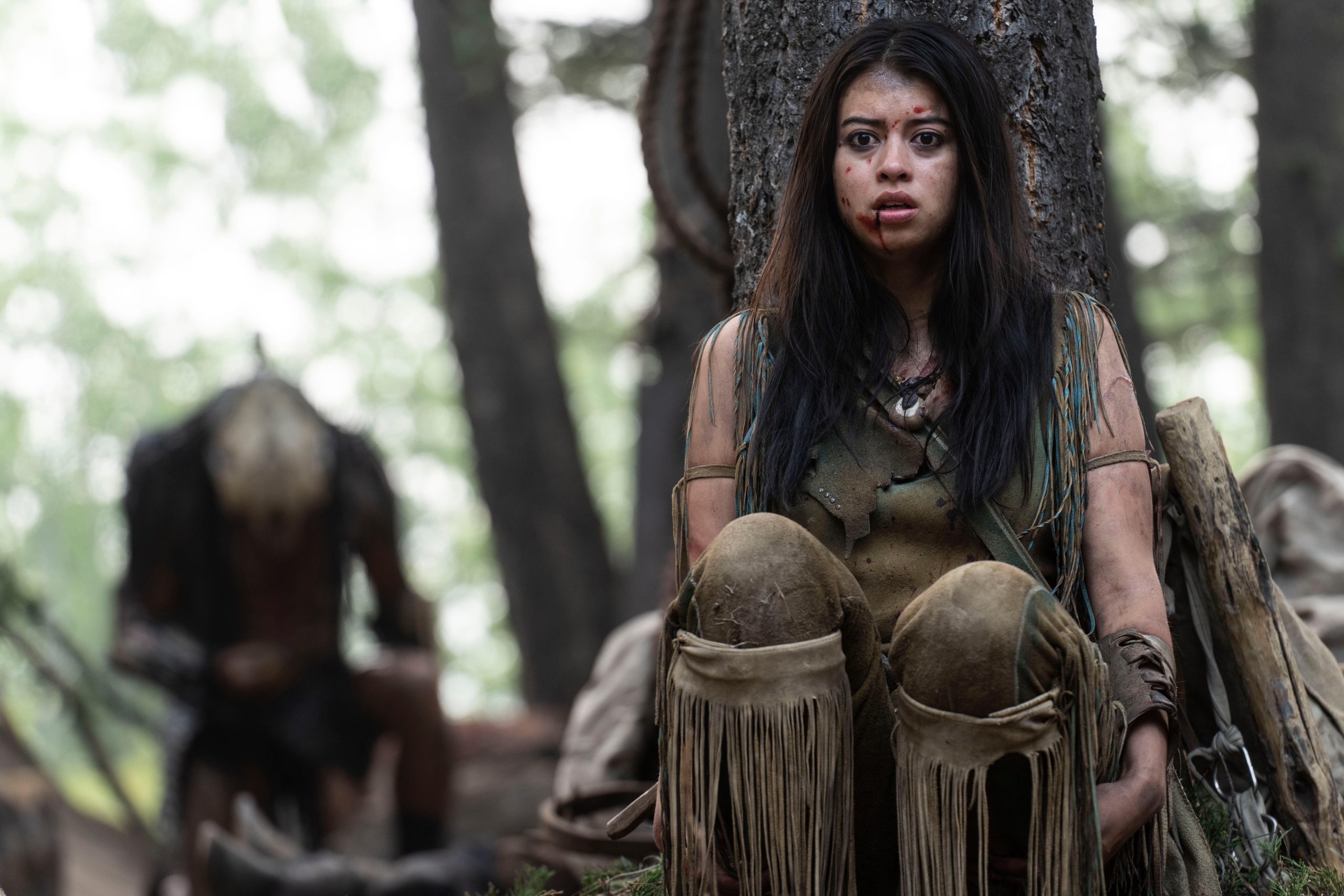
1987’s Predator is a superlative blend of horror, science fiction and action that proved an all-time classic, yet none of its sequels came close to recapturing that power – until 2022’s Prey. Centered on a Native American tribe in the early 18th century, director Dan Trachtenberg’s prequel wisely casts aside the fan service that sullied the other Predator follow-ups and forges a wonderfully tense standalone chiller.
Paranormal Activity 3
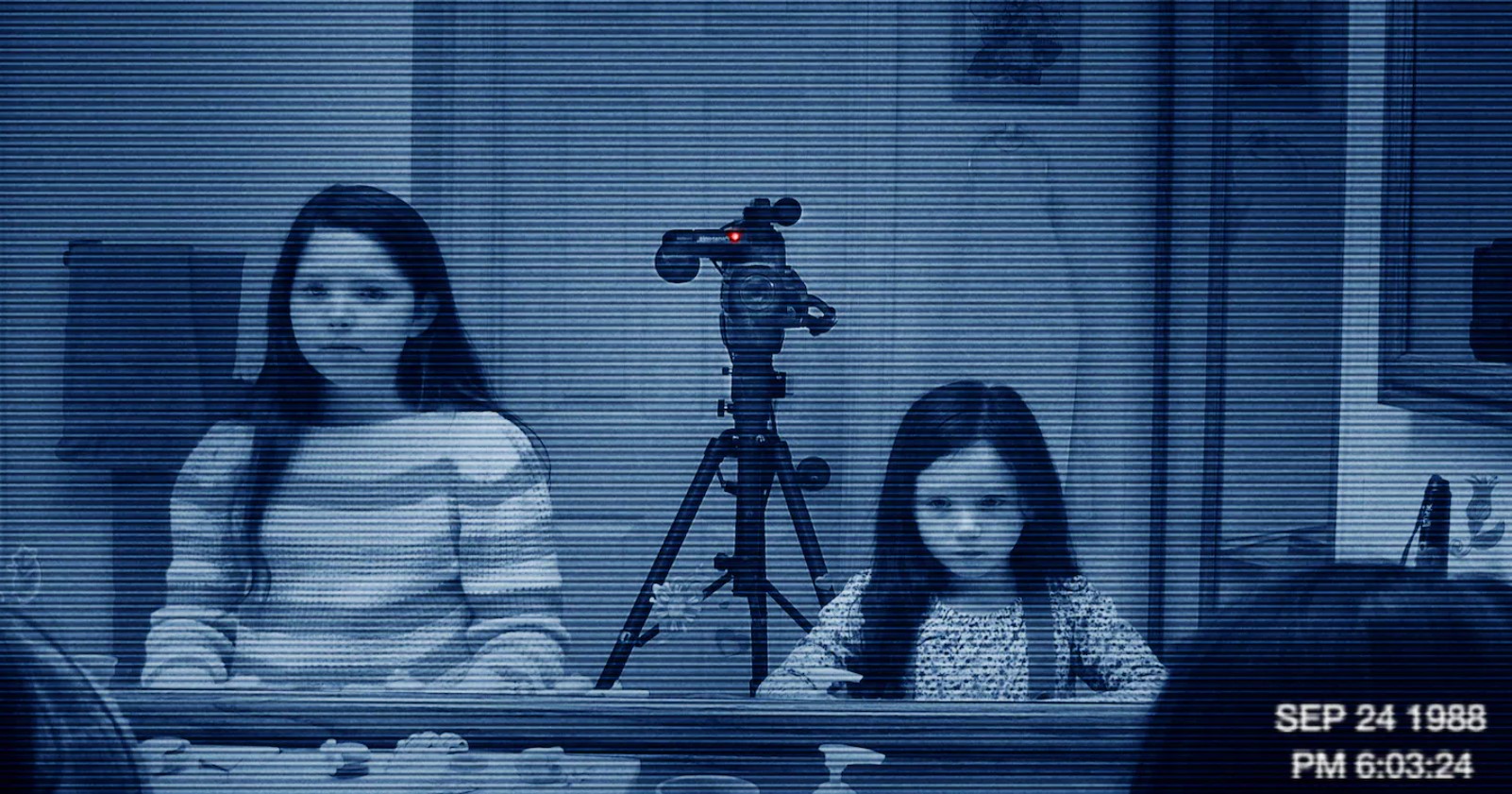
The found footage subgenre enjoyed a boom in the 2000s thanks largely to the success of the Paranormal Activity franchise, and 2011’s Paranormal Activity 3 is clearly the best of the bunch. A 1988-set prequel, it fleshes out the mythos of the first two, boasts the most creative visuals of the series, and, of course, creepy kids are always a bonus for horror.
Quatermass and the Pit
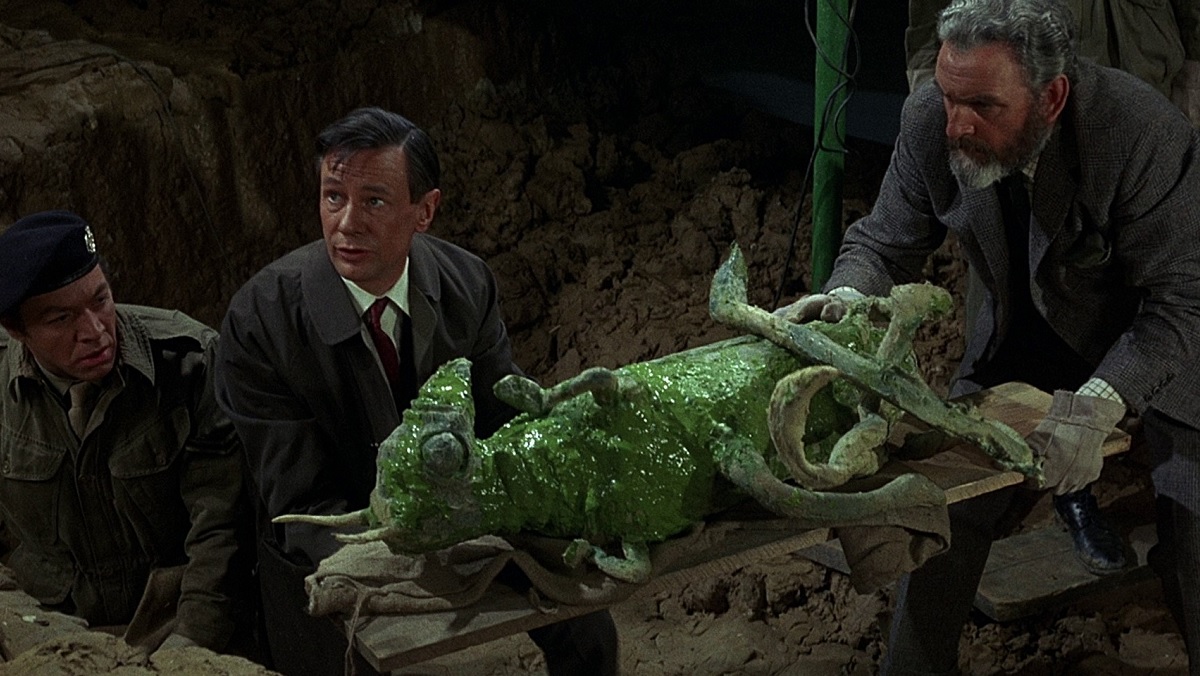
Hammer Films are most famous for their Frankenstein and Dracula films, but the British company first explored horror with their big screen spin-offs of TV series The Quatermass Experiment, in which a space mission inadvertently releases an alien threat on Earth. 1967’s Quatermass and the Pit was the third, final and easily best Quatermass movie, presenting the most vivid and thrilling spectacle.
Ghoulies Go to College
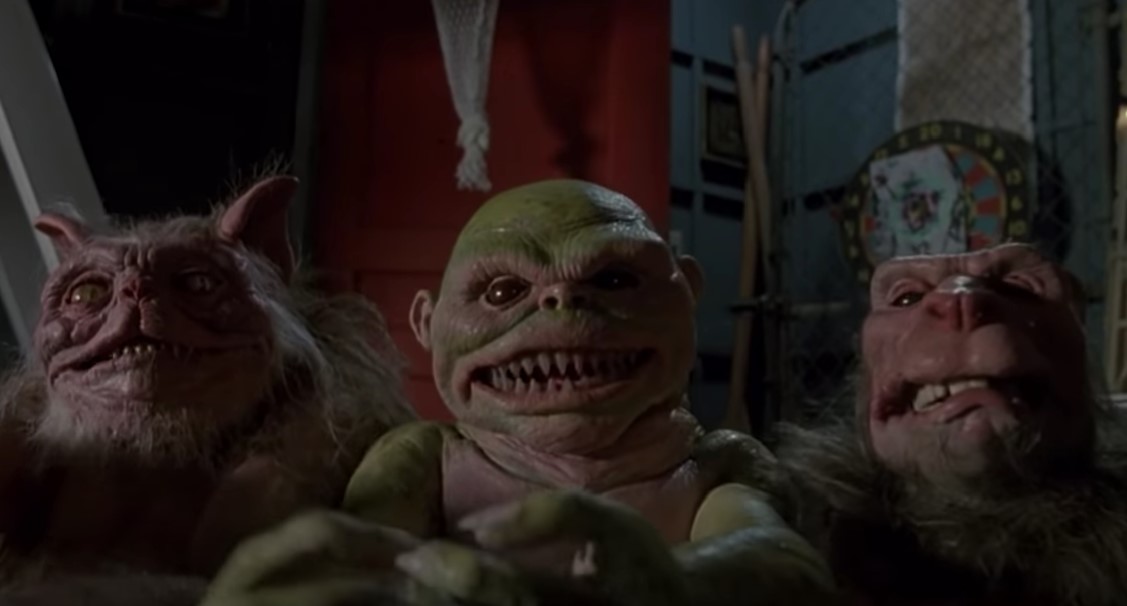
Although 1985’s Ghoulies is notorious for its VHS cover of a Gremlin-esque monster climbing out of a toilet, both that film and its 1988 sequel are played straighter than you might expect. 1991’s third instalment Ghoulies Go to College, however, is 100% unabashed trash, throwing the creepy little creatures into a frat house comedy. As puerile as it may be, it’s undeniably entertaining.
The Ring Two
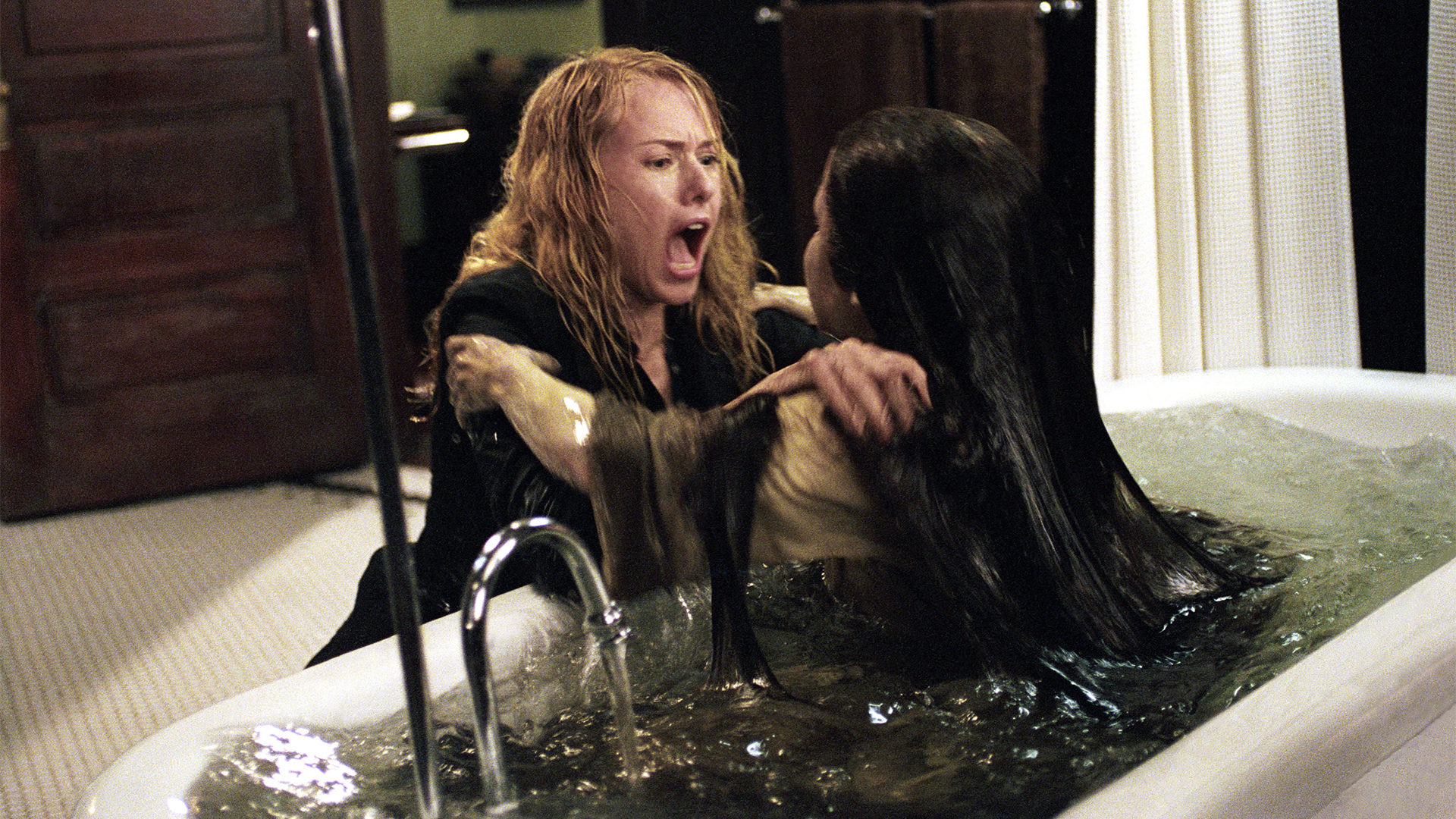
2002’s The Ring was an efficient Hollywood remake of the original 1998 Japanese horror Ring, but ultimately it didn’t do much that the original hadn’t done already. By contrast, 2005’s The Ring Two got to tell a story of its own – and, just to up the ante that bit further, the original film’s director Hideo Nakata came over to the US to call the shots.
Terrifier 2
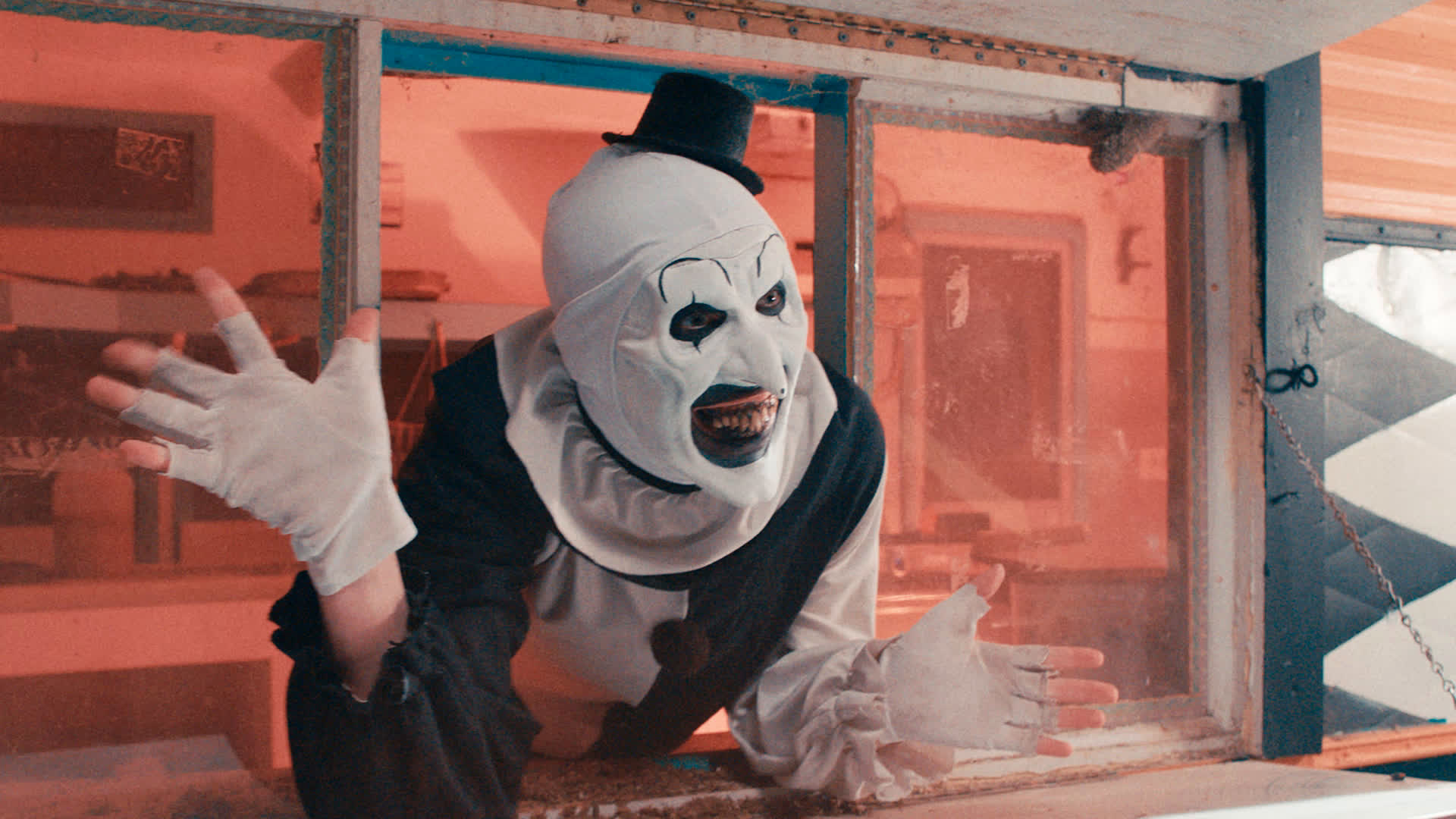
Made for only $35,000 with a cast of unknowns, 2016’s Terrifier made a considerably bigger splash than anyone could have anticipated thanks to its extravagant murder scenes and David Howard Thornton’s blood-curdling turn as Art the Clown. 2022’s Terrifier 2 may be a little overlong at 138 minutes, but the storytelling is stronger and the makeup effects are even more effective, imaginative and repulsive.
Hostel Part II
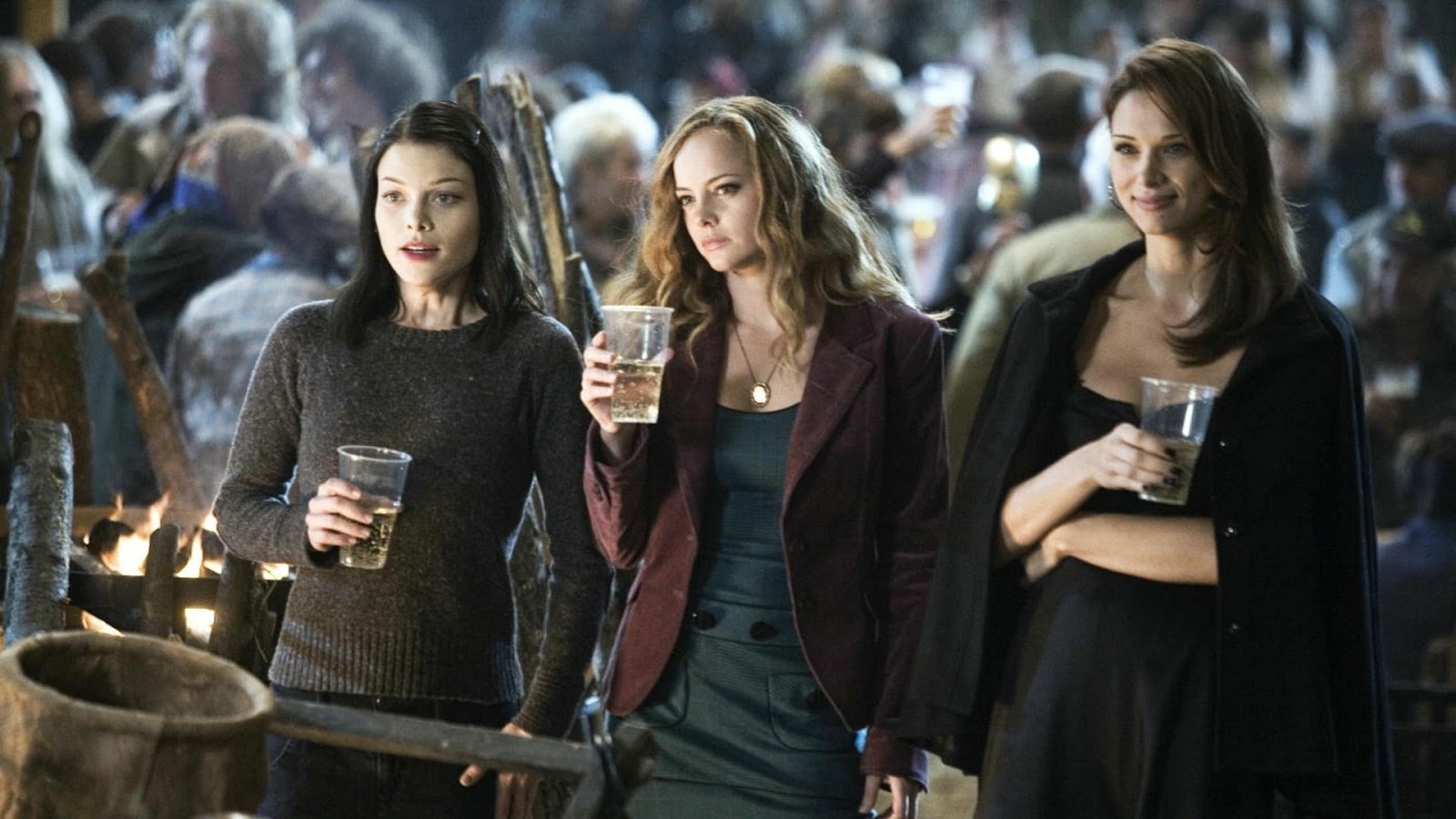
Hand-in-hand with Saw, writer-director Eli Roth’s Hostel epitomized the torture-based horror wave of the 2000s, but the 2005 film was criticized for its unsympathetic protagonists. 2007’s Hostel Part II improves on this, presenting characters we feel genuine concern for as they unwittingly fall into the same trap. Also, the cameos from Euro-horror icons Edwige Fenech and Ruggero Deodato are a big plus for aficionados.
Annabelle: Creation
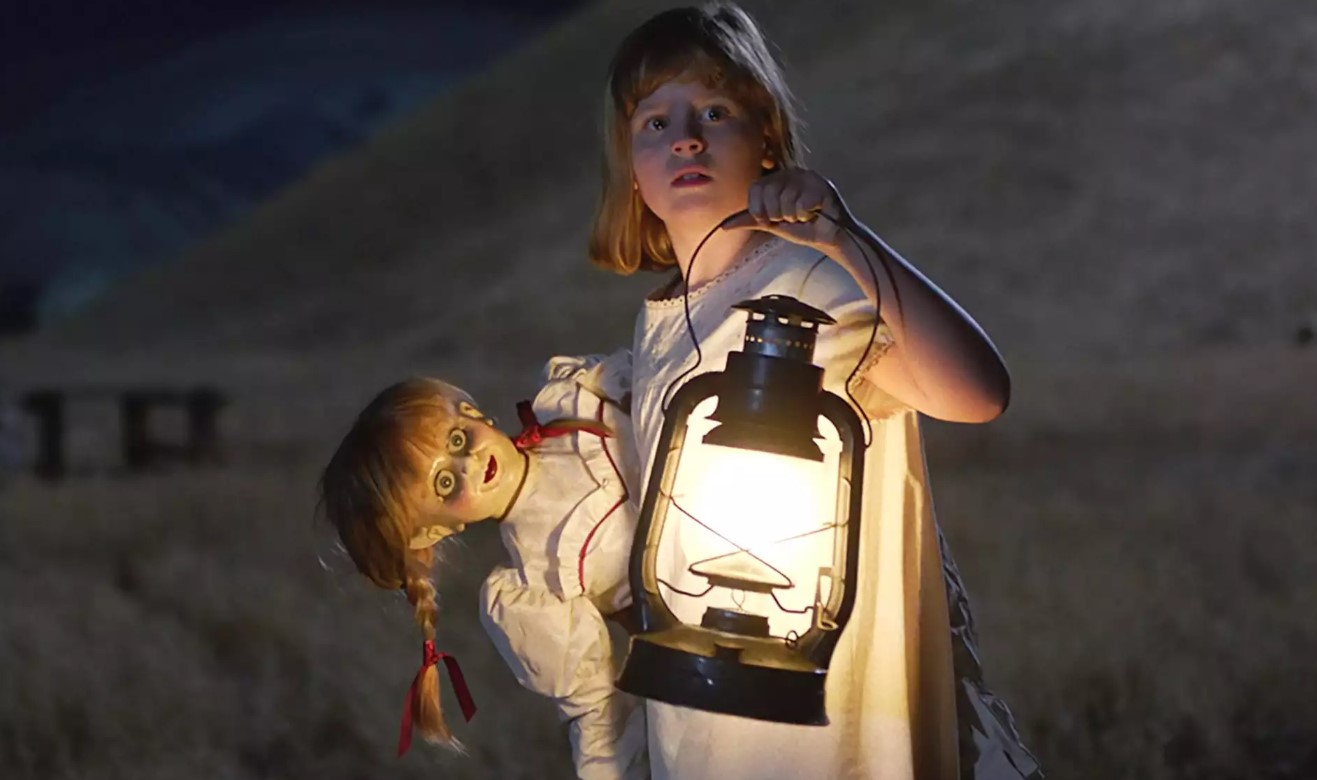
Introduced in 2013’s The Conjuring, evil doll Annabelle got her first solo movie the following year, but it proved a lifeless, formulaic slog. Happily, 2017 prequel Annabelle: Creation was a significant improvement. Sure, the doll on her own is creepy enough, but director David F Sandberg’s film also remembers to bring some visual and narrative creativity to the table.
Bride of Re-Animator
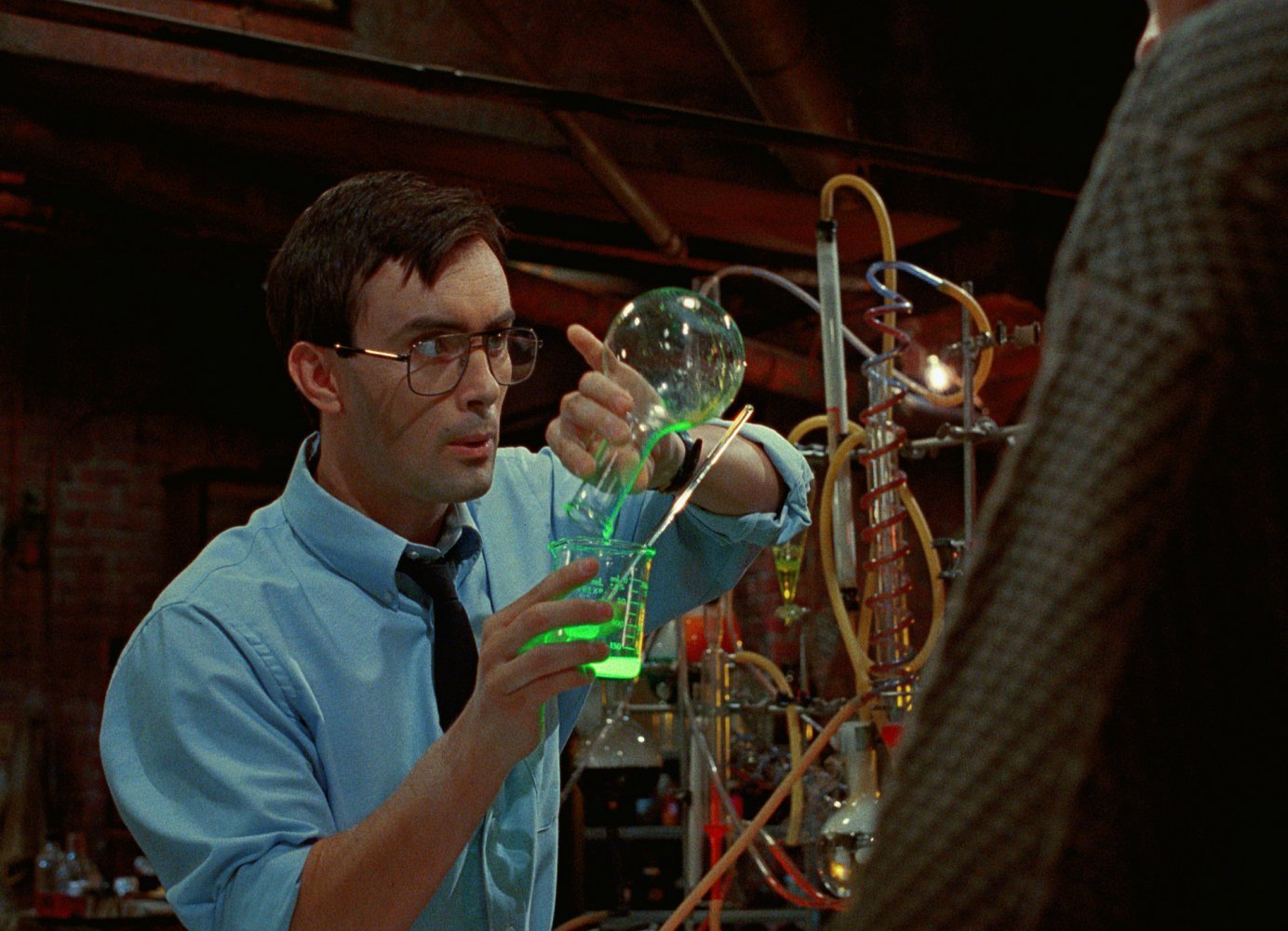
1985’s Re-Animator provides a rare balance of outlandishly gruesome special effects with genuinely intelligent acting and storytelling, all of it dripping in jet-black humor. Despite some small plot holes and the odd weak link in the cast, 1990 follow-up Bride of Re-Animator delivers more of the same and then some, with a slew of bizarre new latex creations and a more Gothic atmosphere than before.
Insidious: Chapter 2
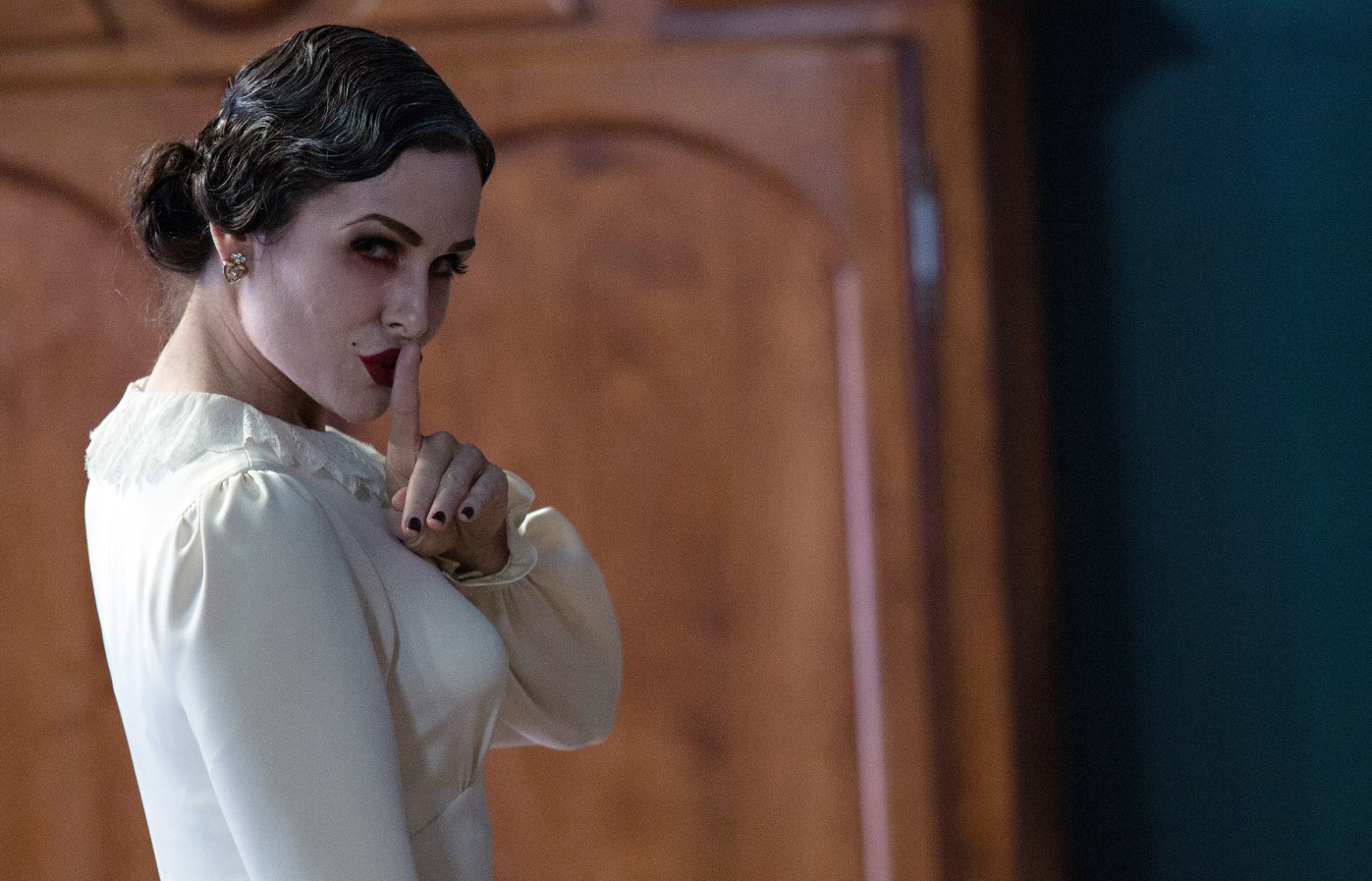
The Saw team of director James Wan and writer Leigh Whannell hit another home run with 2010 ghost movie Insidious. At a glance, 2013’s Insidious Chapter 2 simply retraces the steps of its predecessor, yet it brings a higher energy level, making things that bit weirder and more darkly funny than before. Though more sequels followed, the Insidious series has not hit such highs since.
Unfriended: Dark Web
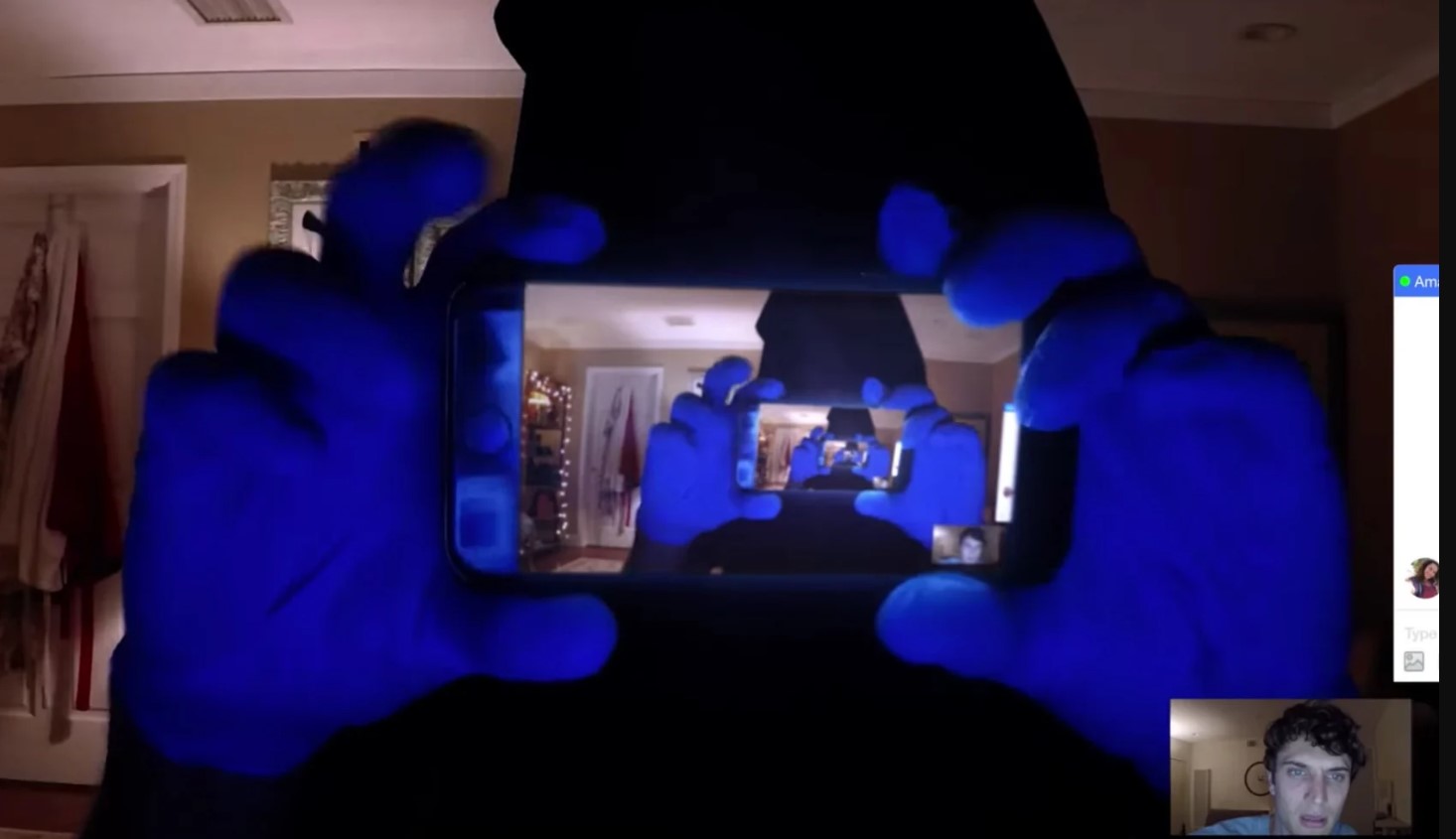
A creative play on the found footage format, 2014’s Unfriended presented a supernatural horror story unfolding in real time via an online group video chat. 2018 sequel Unfriended: Dark Web revisited the format with a harder edge, delving into the anxieties of contemporary social media culture and the troubled sexual politics of the #MeToo era.
Critters 2: The Main Course
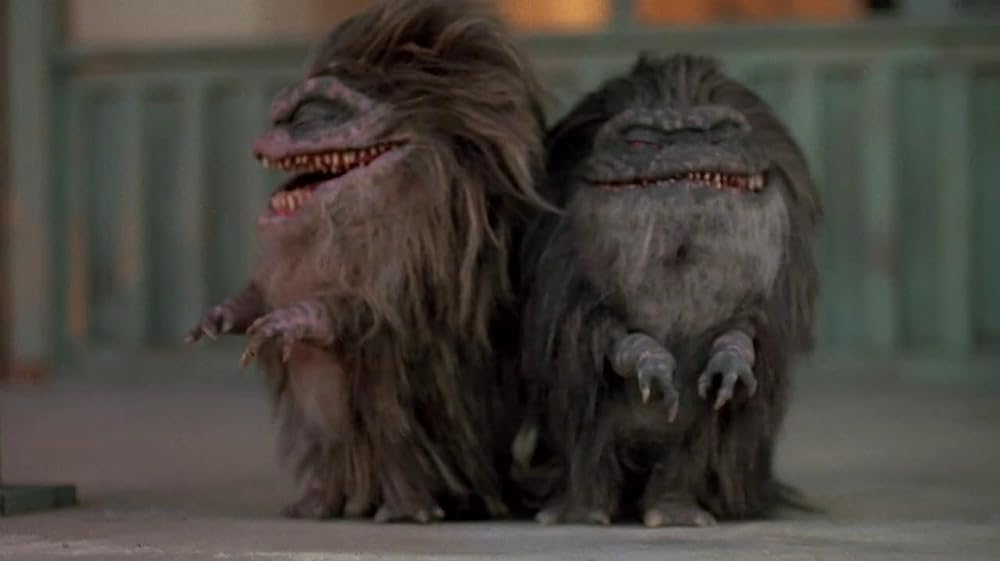
1986’s Critters is a dumb-but-fun sci-fi horror which sees a farmhouse come under attack by diminutive furry carnivores from outer space. 1988’s Critters 2: The Main Course does what all good sequels do: replays the concept on a larger scale, this time with the hungry little aliens terrorizing the entire town in considerably larger numbers. It’s bigger, it’s louder and it’s even more entertaining.
The Woman
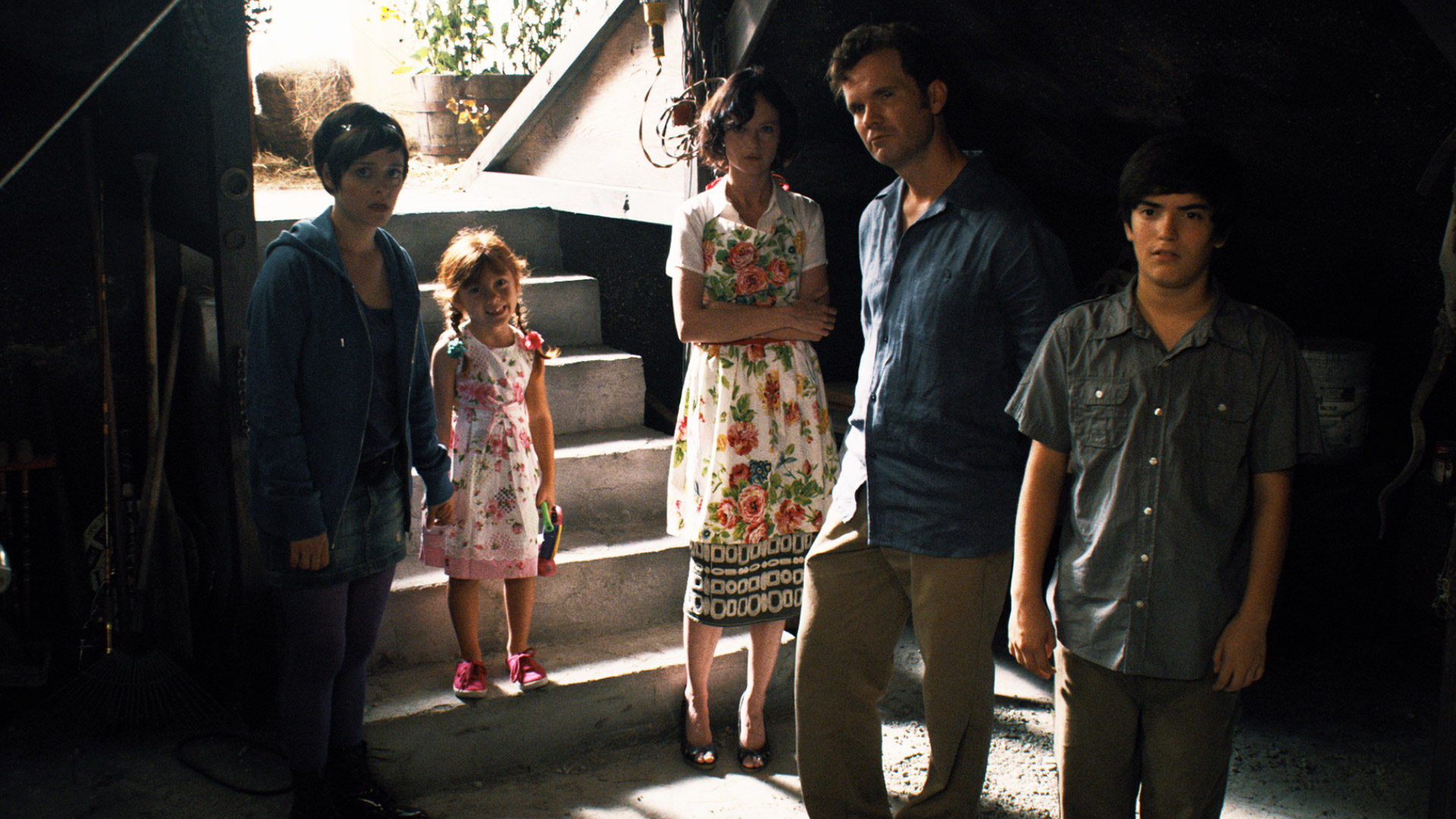
A part of a dark and twisted trilogy produced by Andrew Van Den Houten, The Woman is seriously brutal. Pushing even further than the original film The Offspring, it lulls you into a false sense of security before revealing the truth behind this seemingly normal family. Soon you’ll be rooting for the cannibalistic woman chained up in the shed.
Final Destination 5
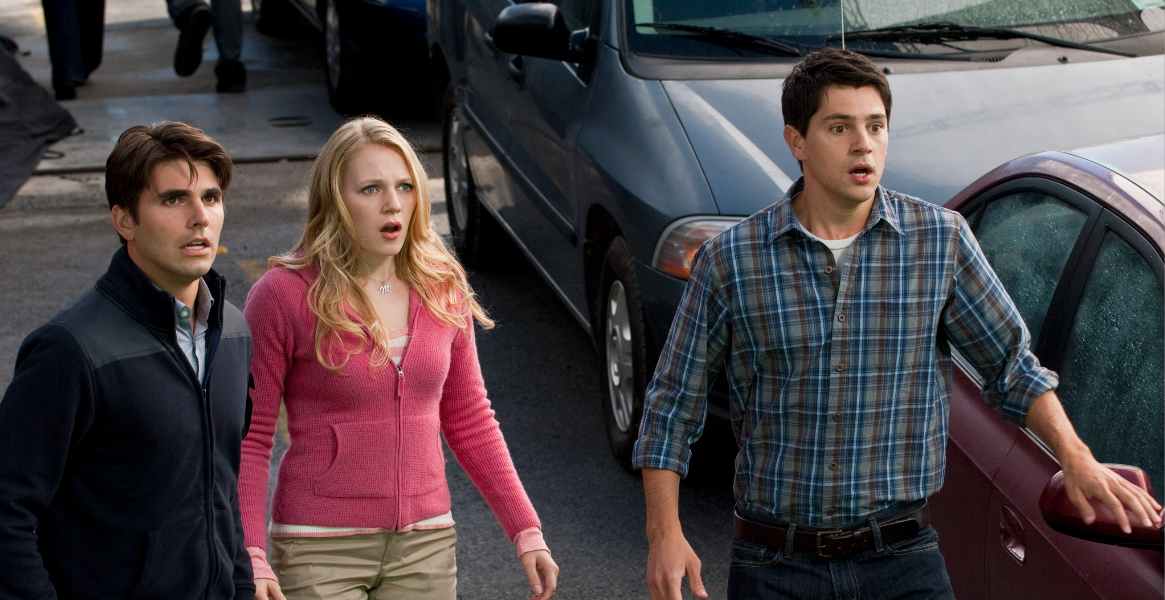
The fifth Final Destination film is seriously one of the best out of the entire franchise. The kills in the 2011 sequel are novel (if you’ve not had gymnastics forever scarred by Candice Hooper’s support beam death, then you’re extremely lucky), the twist is fresh and unexpected, and it succeeds as a comedic splatter fest.
Scream Blacula Scream
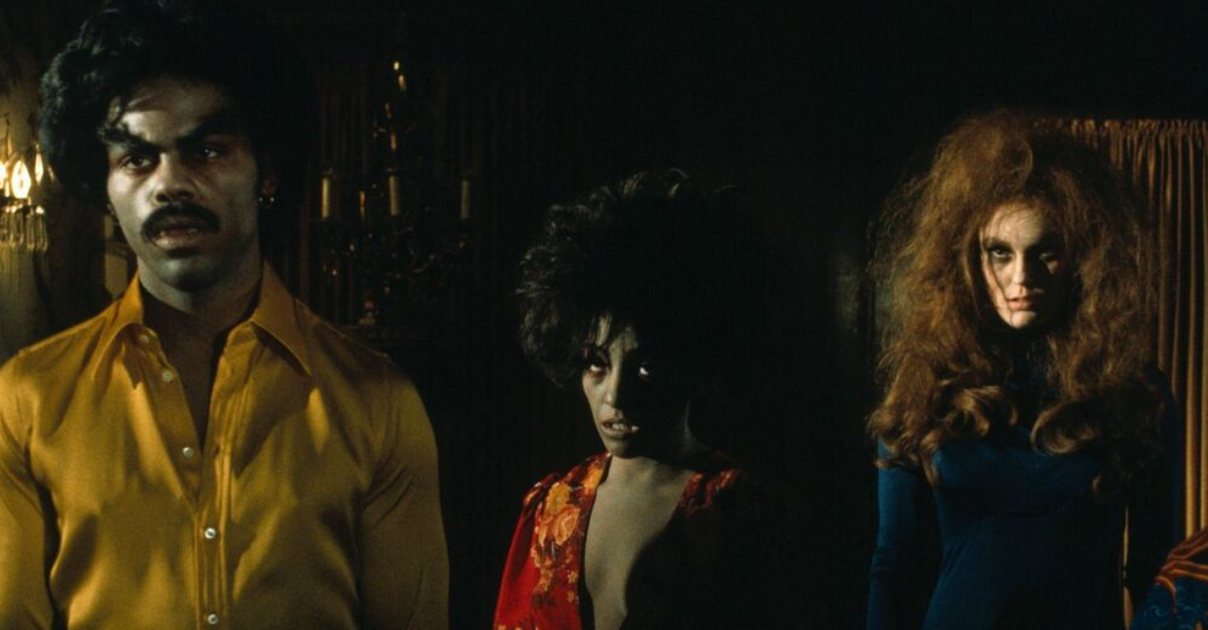
Blacula is the ultimate blaxploitation horror film, remaining in cultural lingo today. But its 1973 sequel directed by Bob Keljen is widely considered to be better than its original film. Scream Blacula Scream infuses the subject with more lore, choosing to take more of a traditional Hammer horror tone, so while the comedy may be subdued the story is much more compelling.
Friday the 13th Part III
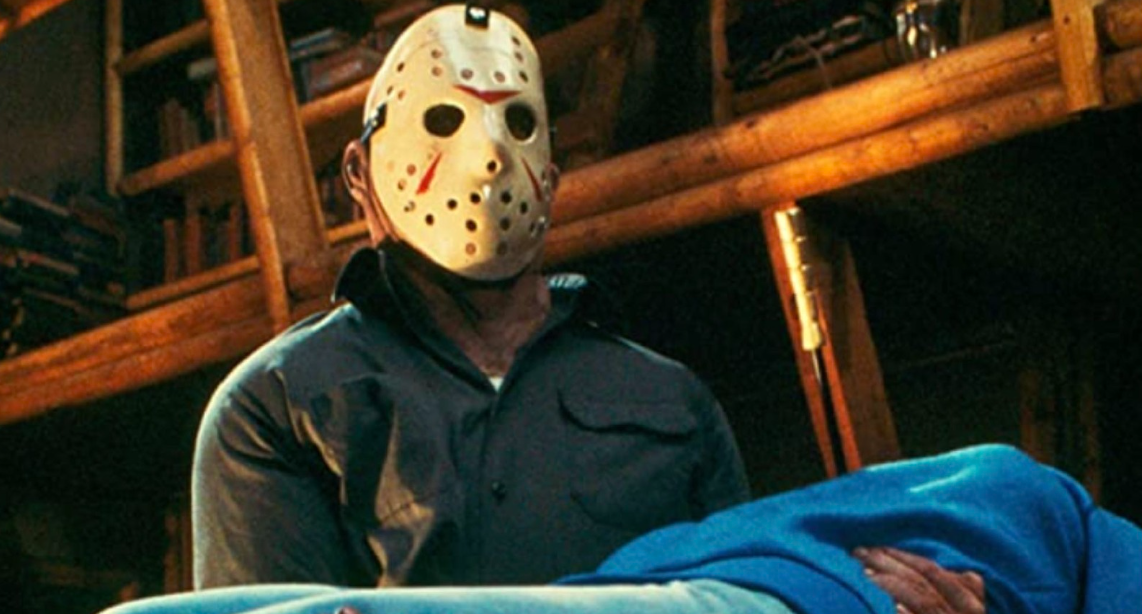
As all Friday the 13th mega-fans know, the villain of the original isn’t actually Jason. It’s not even until the third film that we see Jason take up his iconic hockey mask. Additionally, both Jason and his victims have much more depth in this 1982 sequel, giving you a reason to care about who lives or dies.
Dracula A.D. 1972
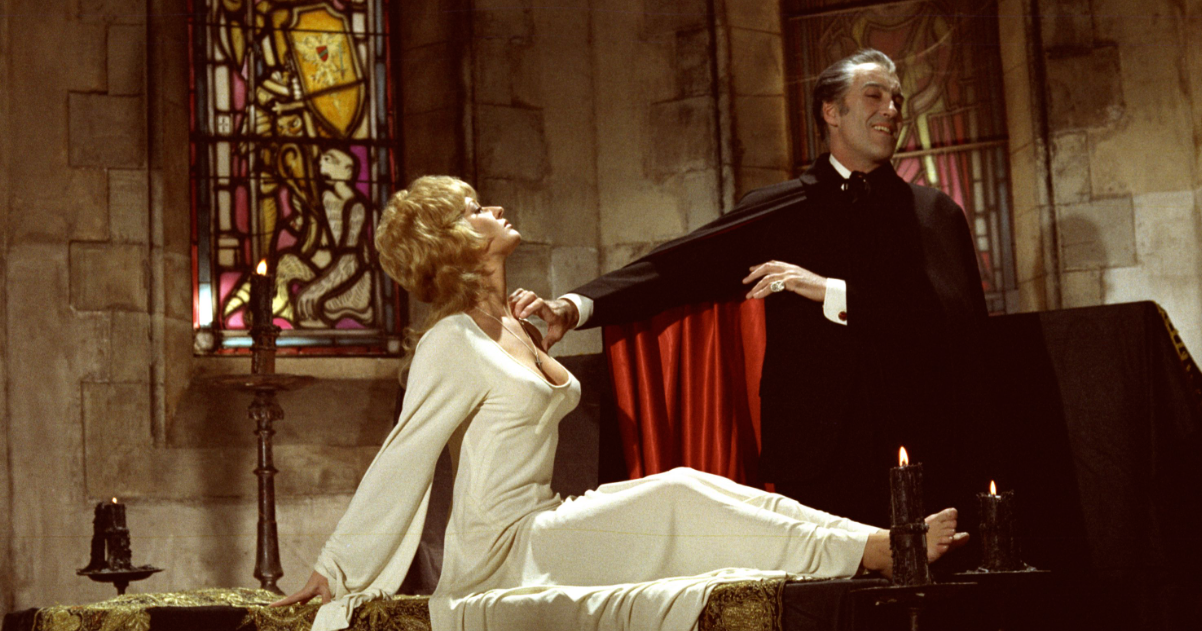
14 years after Hammer’s original Dracula, they took Bram Stoker’s character in a bold new direction with Dracula A.D 1972. Reuniting the Hammer dream team of Peter Cushing as Van Helsing and Christopher Lee as the titular vampire, this forgotten treasure is one of the best in the sequence of Dracula films with memorable performances and an effectively chilling tone.
A Nightmare on Elm Street 2: Freddy’s Revenge
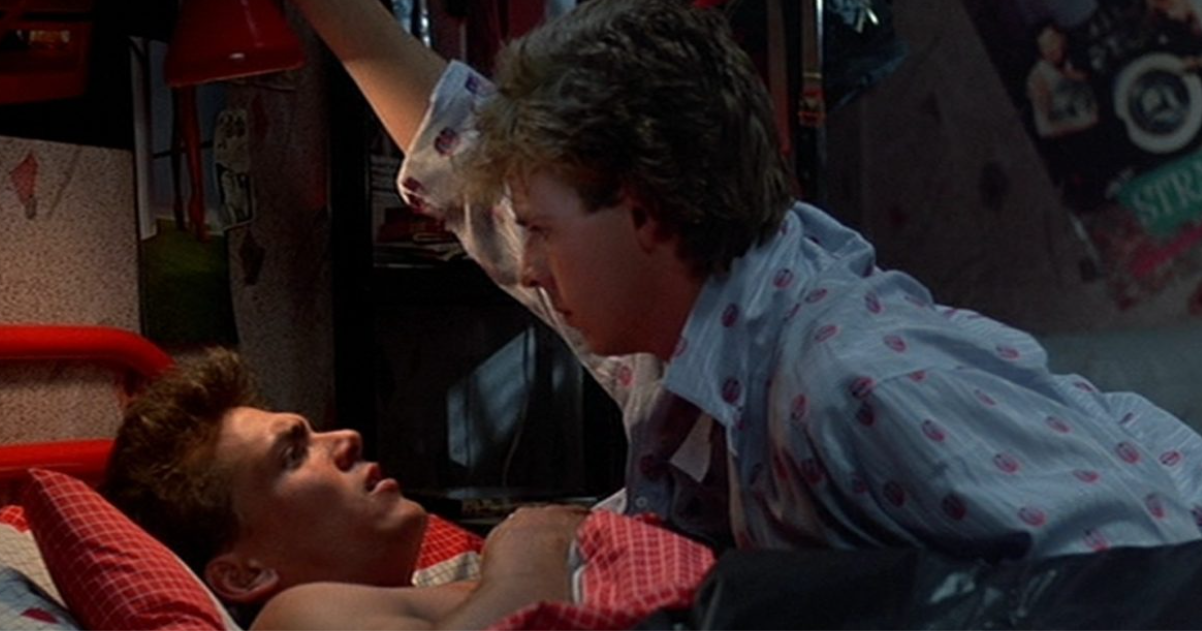
Wes Craven’s A Nightmare on Elm Street is a classic of the genre for a reason, but in 1985 Jack Sholder pushed the concept further by infusing the franchise with homoerotic undertones and themes of queer discovery with A Nightmare on Elm Street 2: Freddy’s Revenge. This boundary-pushing take on the franchise was fresh and still delivered the scares and impressive scare sequences.
The Texas Chainsaw Massacre 2

Perhaps because of how different 1986’s The Texas Chainsaw Massacre 2 is in both setting and tone, it’s considered a shocking take to claim this is the superior film of the franchise. However, with Tobe Hooper still in the director’s chair, this film takes the wacky vibes and mysterious family of the original and creates an even more disturbed version of them.
A Quiet Place Part II
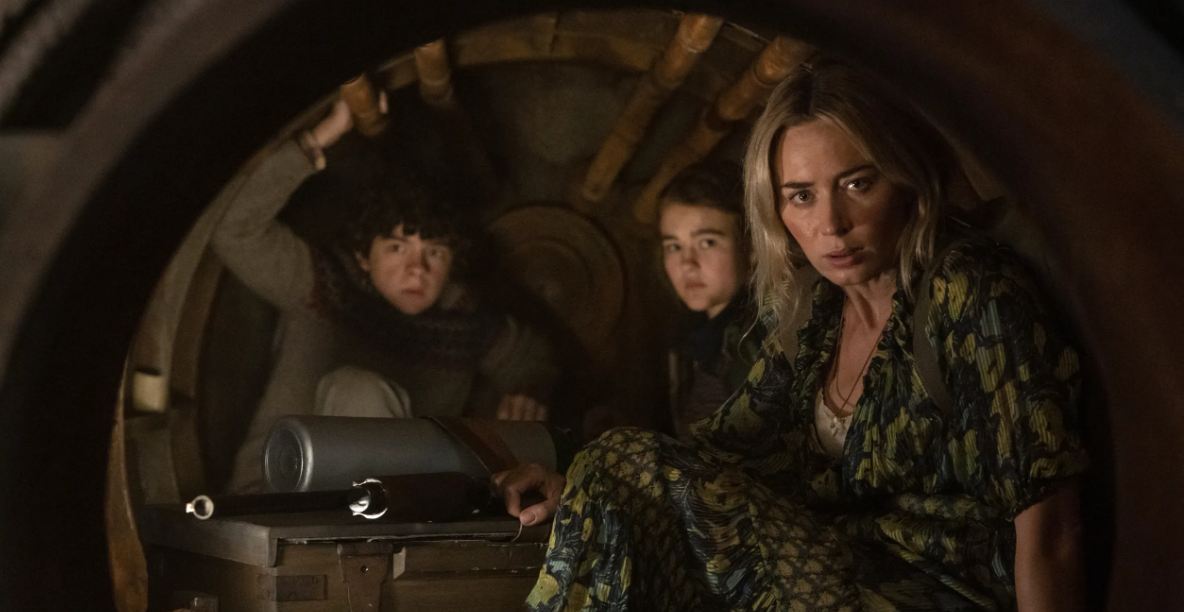
Sitcom superstar John Krasinski surprised the world when he directed and starred in the horror film, A Quiet Place in 2018 alongside his wife Emily Blunt. Following the death of his character at the end of the film, many were hesitant about the 2020 sequel A Quiet Place II. However, the sequel proved even more intense and powerful than that which came before.
The Purge: Anarchy
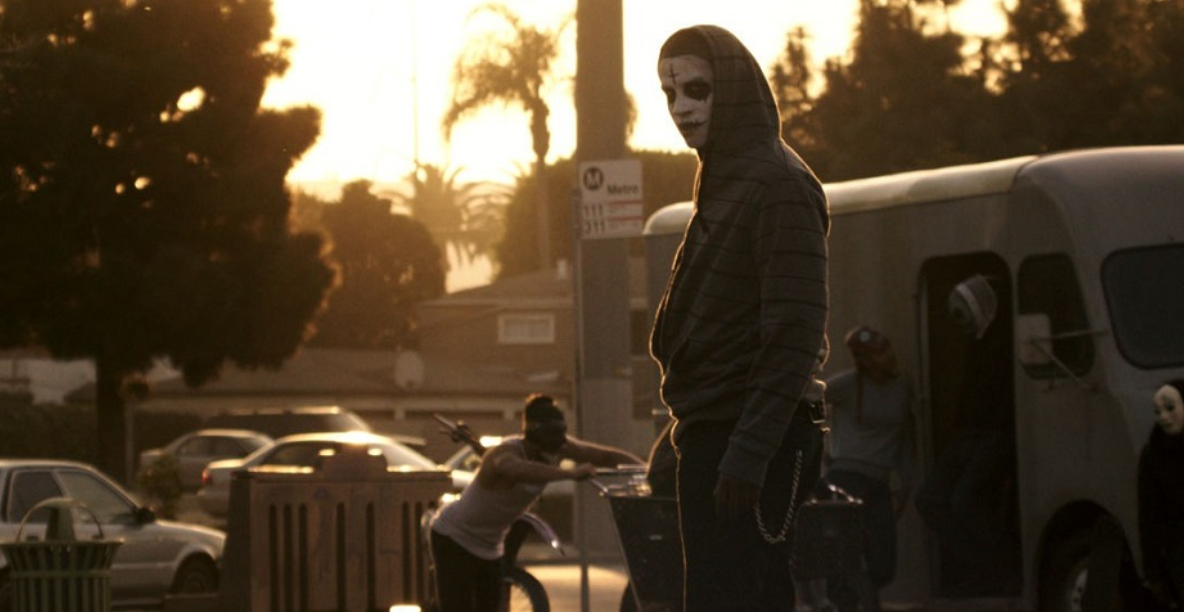
Out of all five Purge films to come out exploring this novel and apocalyptic concept of a night where all laws are lifted, it’s the 2014 sequel The Purge: Anarchy that stands out as the clear best. It’s effective in its world-building and tackles social commentary in a way that doesn’t seem patronizing. If you watch one Purge film, it should be this one.
Maniac Cop 2
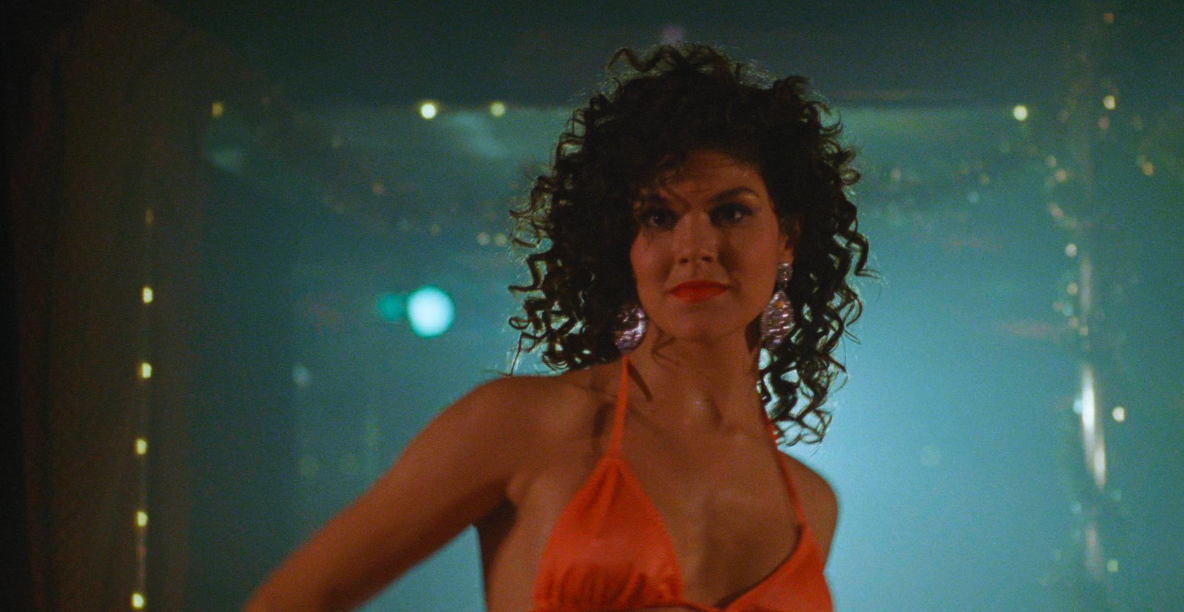
When it comes to horror sequels that are better than the original, there are few clearer examples than Maniac Cop 2. This 1990 film by William Lustig starring Bruce Campbell is bigger and better than the original with incredible performances and stunning stunt work. It stays true to the tone and story of the original but surpasses it in most other ways.
Hello Mary Lou: Prom Night II
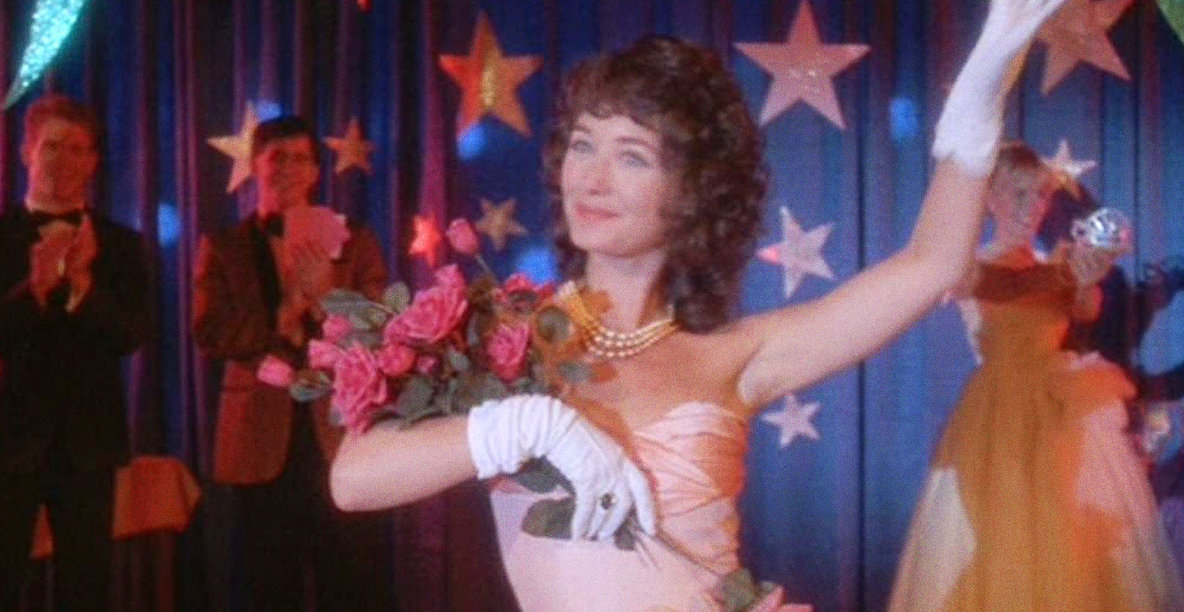
While the original 1980 Prom Night starring Jamie Lee Curtis was more of a straightforward slasher, the 1987 sequel was more of a supernatural take on the special night for teens. However, just because there are no big stars or any narrative connection to the original Prom Night doesn’t mean it’s not fantastic. It’s campy, smart, and a blast to watch.
Candyman (2021)
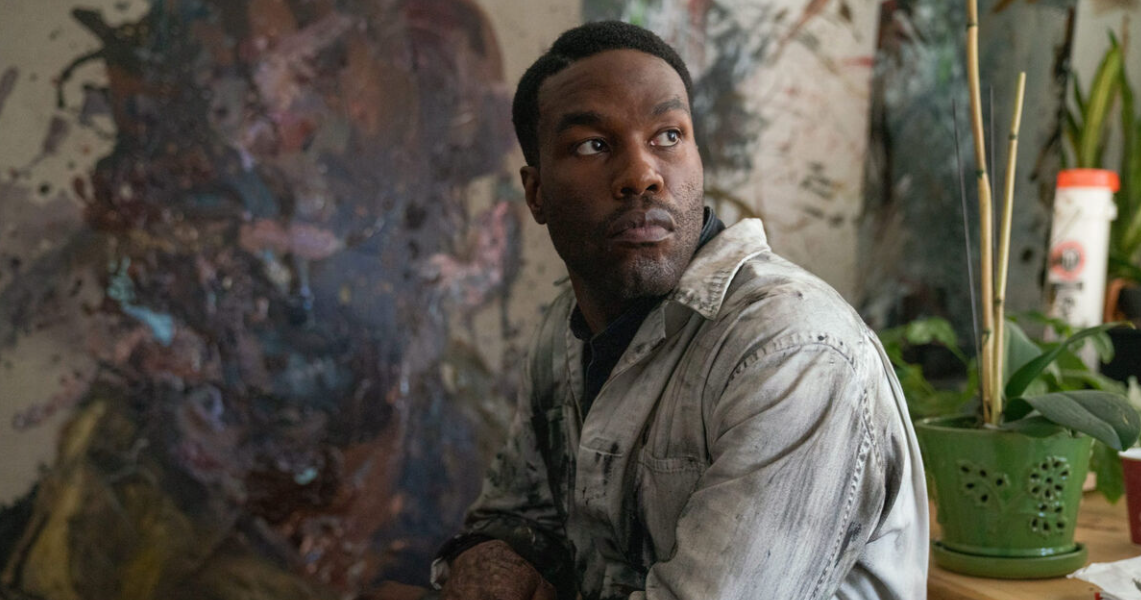
Perhaps a controversial opinion, but the 2021 Candyman ‘legacyquel’ is a much better take on the story than the original. Director Nia DaCosta uses effective motifs like mirrors and a gorier, scarier take on the death sequences that brings the horror back to the Clive Barker story, whilst connecting more closely to the racial politics of recent years.
The Exorcist III
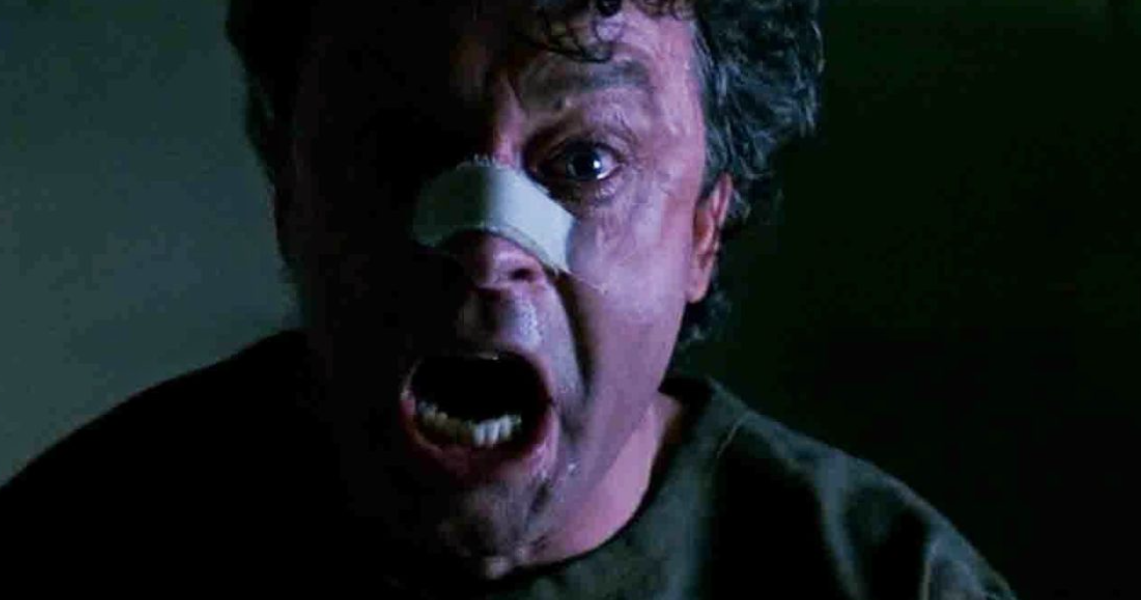
There’s no denying that the 1973 film The Exorcist changed the supernatural horror game forever, but sadly its 1977 sequel disappointed fans. Happily, 1990’s The Exorcist III – written and directed by series creator William Peter Blatty – delighted horror fanatics with a more grounded take on the subject matter that helped bring the horror close to home.
Creep 2
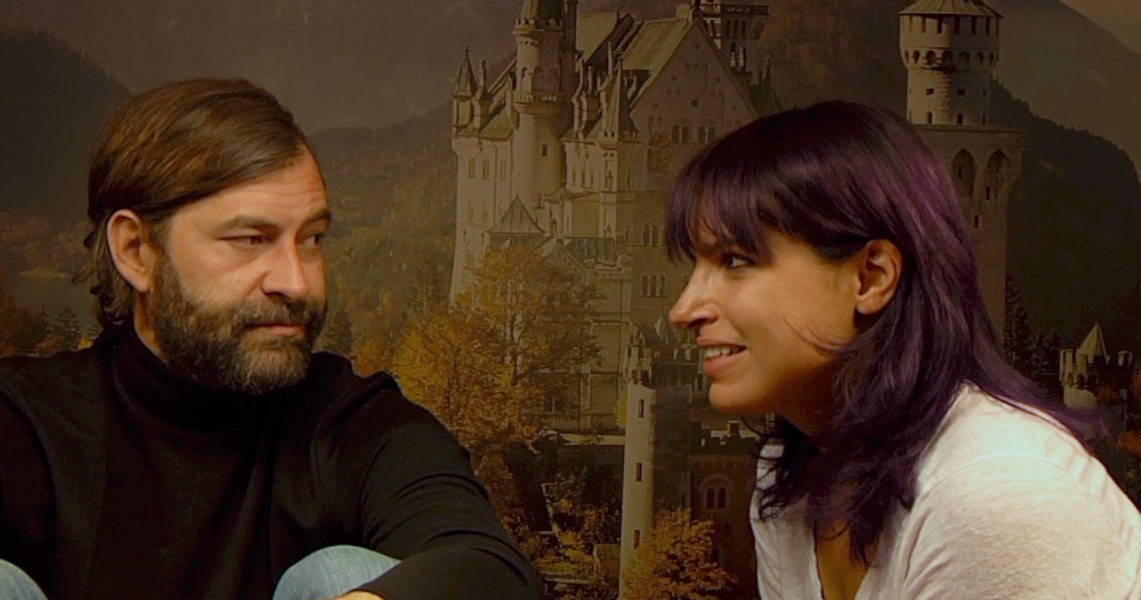
The original Creep directed by Patrick Brice has become a cult classic over the years with its slow descent into full horror crescendoing in its dramatic final confrontation between the duplicitous Josef and the naive filmmaker Aaron. The sequel takes things up a notch, utterly relishing in Josef’s strange behaviors and compulsion to kill.
Fear Street Part Two: 1978
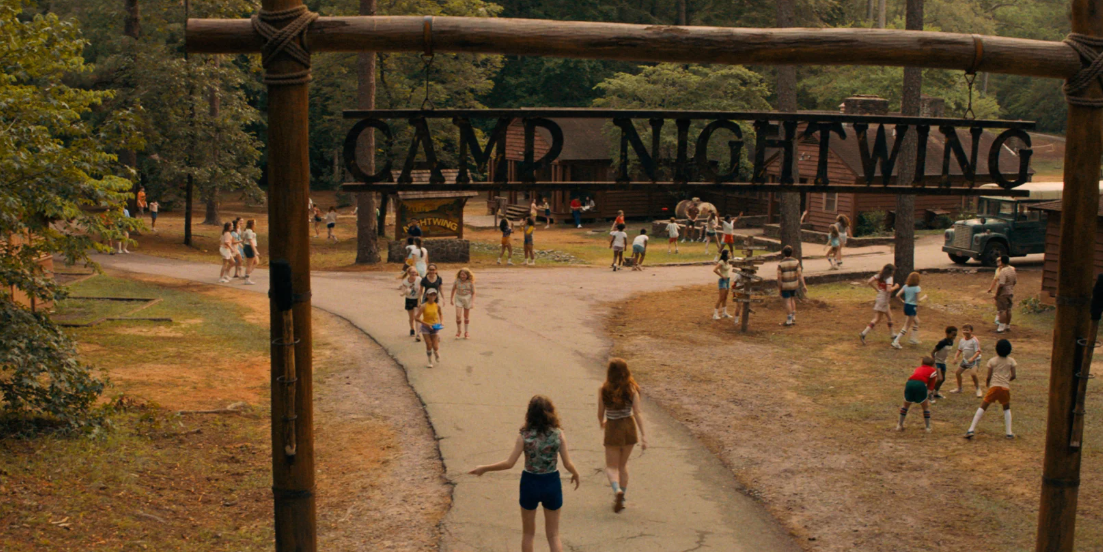
The Fear Street Trilogy hit Netflix in 2021 causing a buzz among horror fans. The second film, Fear Street Part Two: 1978 is a teen slasher homage with genuine frights and a villain that feels indestructible. Sadie Sink shines in her role as Berman and the whole film feels well executed as a subversion of campground killings.
Jeepers Creepers 2
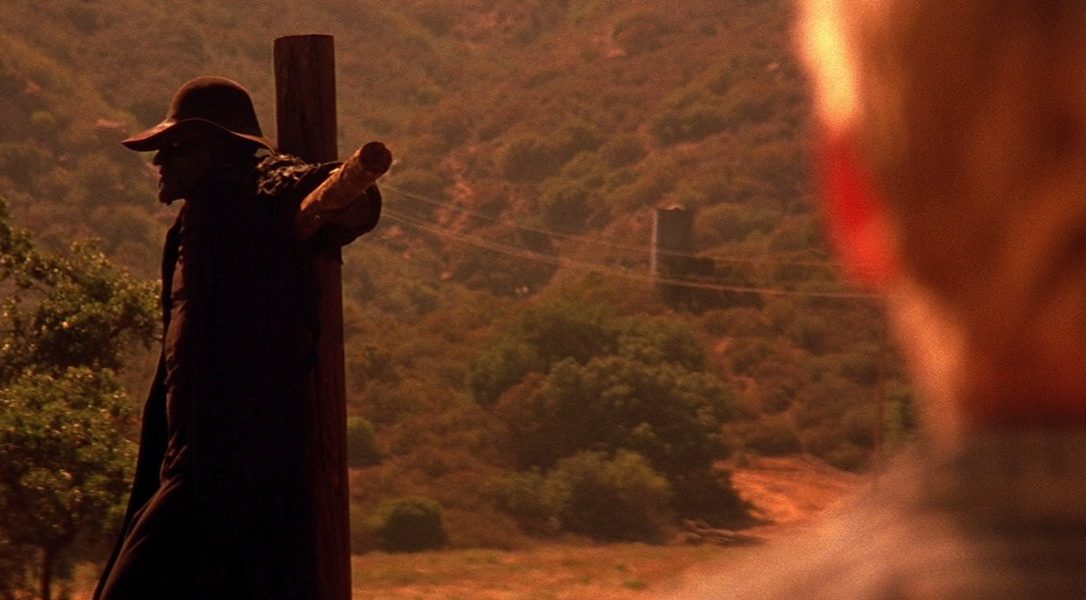
Fans of supernatural slasher Jeepers Creepers may adore the original due to its unique villain and the incredible performance of Justin Long, but many would attest to the fact the 2003 sequel is a much better film. With the villain now identifiable, the film focuses more on a consistent plot, a tighter execution, and even more laughs along the way.
The Collection
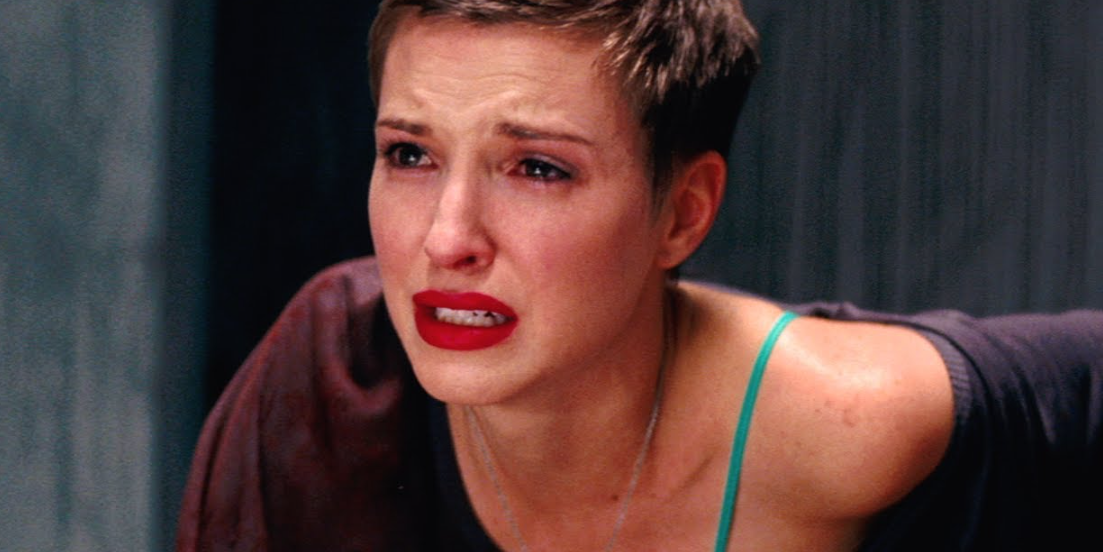
Fans of Saw and Hostel will adore The Collector – an underrated 2009 horror film involving a criminal entering a home only to find many vicious traps. The villain of Marcus Dunstan’s films is unique and his facelessness makes his actions even more terrifying. The Collection takes it further and ups the ante, bringing us into the collector’s twisted mansion.
The Human Centipede 2 (Full Sequence)
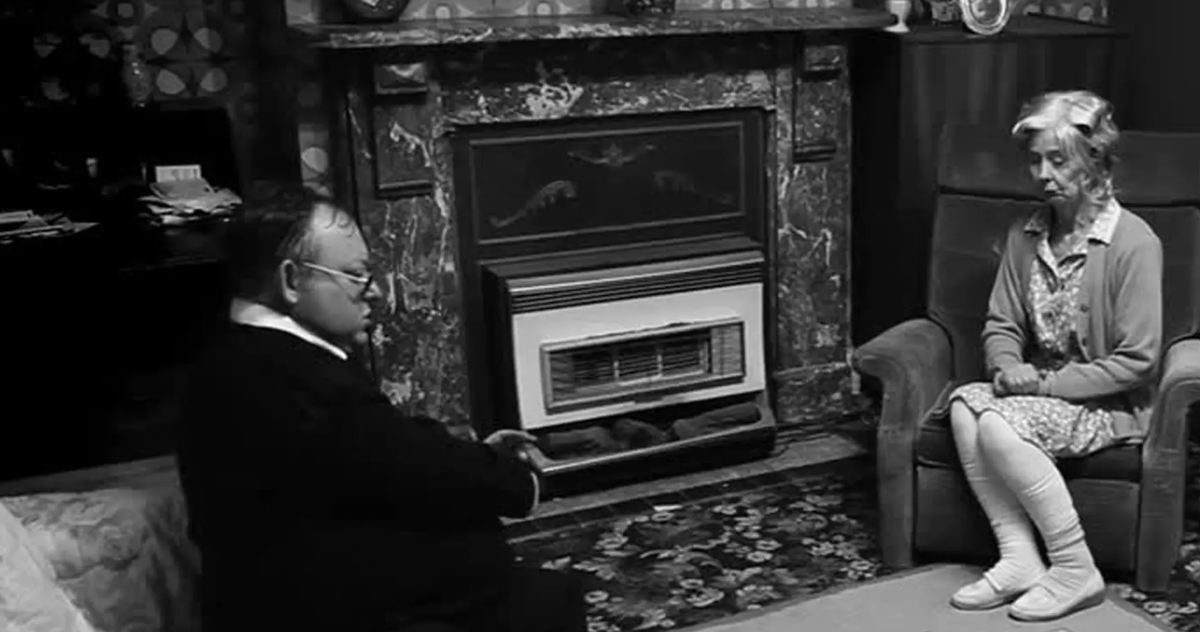
It’s common knowledge for fans of disturbing films that 2009’s The Human Centipede is a disgusting, and sequel The Human Centipede 2 (Full Sequence) expands upon this, removing any trace of humanity from its psychotic, sadistic villain. Filmed and set in Britain, the 2011 film is so horrific it was initially banned there until two minutes and 37 seconds of offending footage was cut.
Saw III
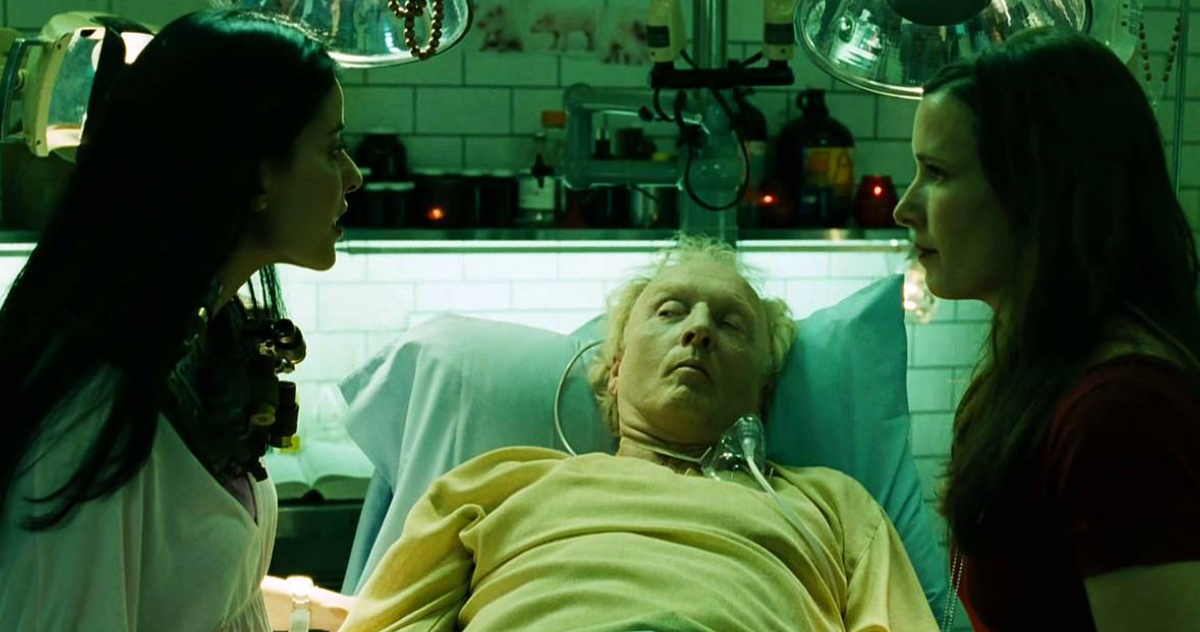
While many fans of the film franchise Saw would argue that the first is the best, the scope and imagination of Saw III is unmatched. Released in 2006, starring the iconic Tobin Bell as Jigsaw, the traps alone make this instalment stand out. The twist is unforgettable and the ending leaves you with a perfect sense of utter despair associated with the series.
IT Chapter Two
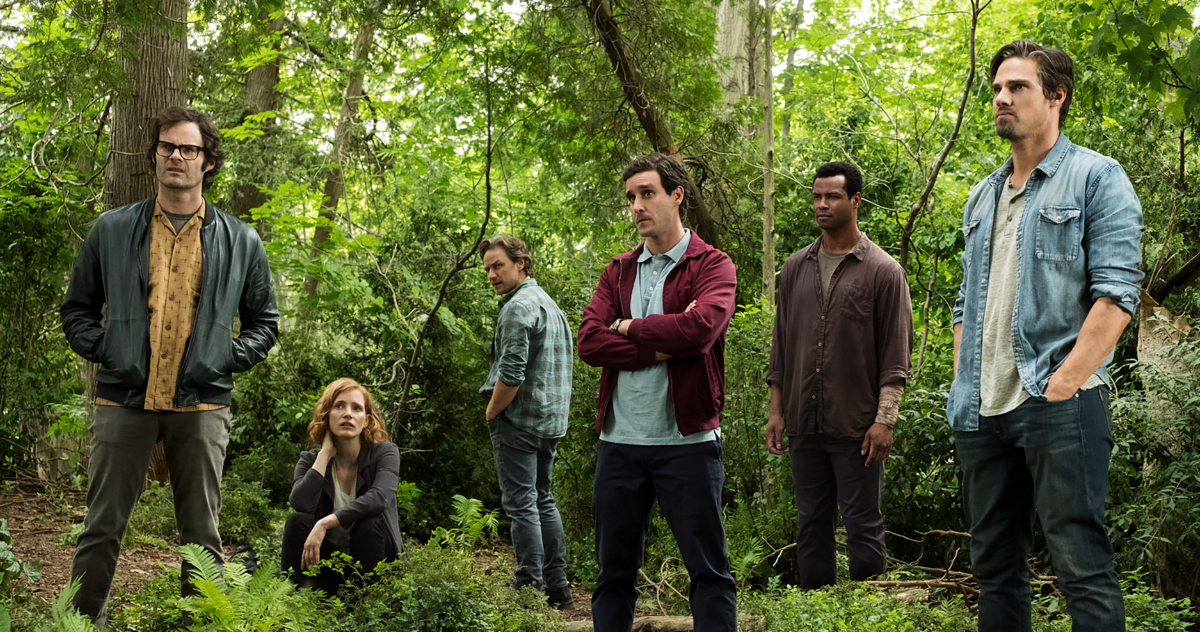
It would be hard to beat the hype and success of Andrés Muschietti’s 2017 adaptation of IT, but 2019’s sequel IT Chapter Two completely accomplished it. The star-studded aged-up cast are incredible in their roles and the plot remains much more faithful to Stephen King’s original story. It’s a complete rollercoaster ride of a movie.
Urban Legends: Final Cut

Urban legends play on our darkest fears but remain centered in a familiar world so the threat preys upon you when you believe you are safest. This was the intention of 1998’s Urban Legend, and while it’s not the most critically acclaimed film, the 2000 sequel decided to remain faithful to this intent but with a more tongue-in-cheek approach that’s wacky, fun, and an ode to horror.
Happy Death Day 2 U
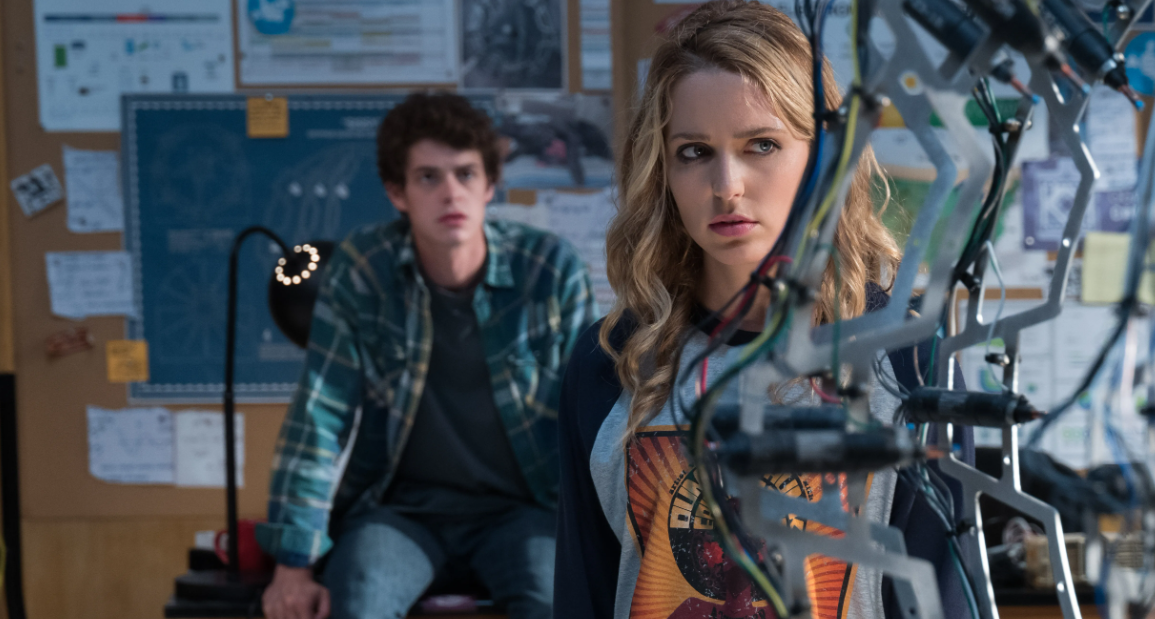
Happy Death Day made a splash in 2017. Director Christopher Landon followed up on that success in 2019 with Happy Death Day 2 U. This science fiction black comedy horror film takes the original characters that the audience has grown to love and plays on that emotional connection to raise the stakes. There’s more terror, more laughs, and it’s undeniably better than the original.
Godzilla vs Destoroyah
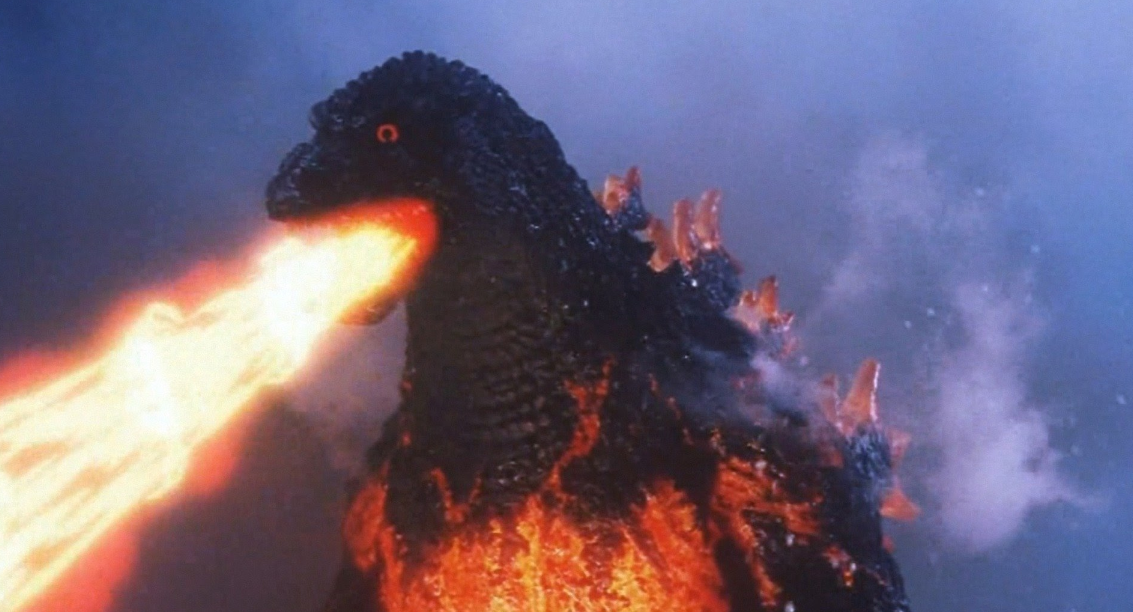
There may be no more iconic movie monster than Godzilla. The 1954 classic spawned a long-running series of sequels, and 1995’s Godzilla versus Destoroyah is arguably the best, with the mighty monster finally meeting its match. The film sports an impressive 100% Tomatometer score with a 93% audience score on Rotten Tomatoes.
Doctor Sleep
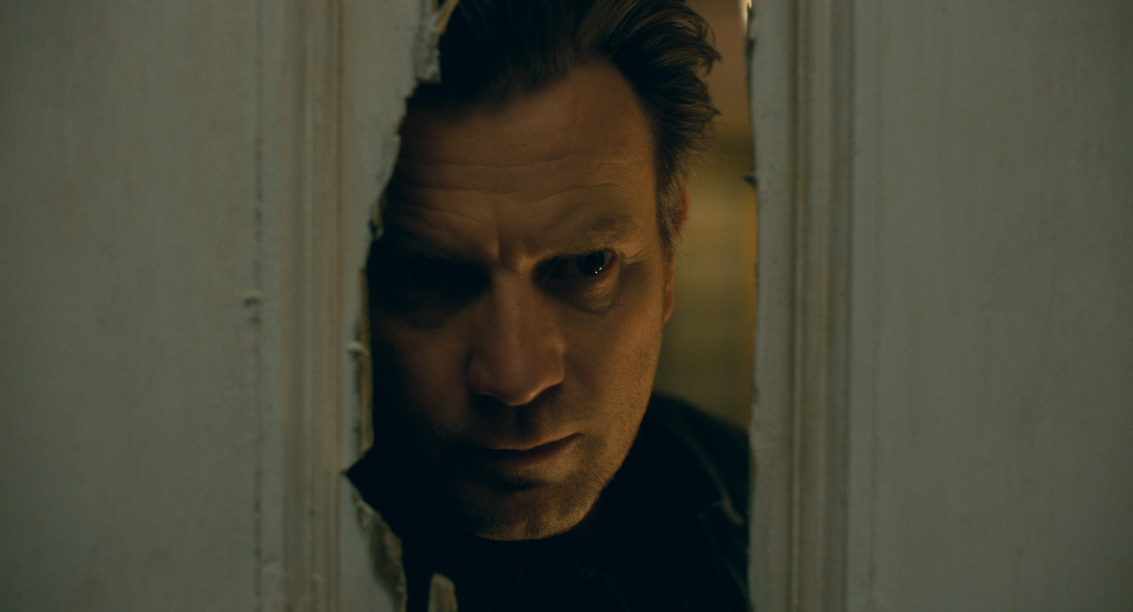
It’s an undisputed fact that The Shining is a seminal horror film, but for fans of Stephen King’s original novel (and for the author himself), Stanley Kubrick’s film deviates too far from the plot. 2019’s Doctor Sleep, however, is faithful to King’s 2013 novel and delivers terrifying sequences, and the unsettling tone we expect from director Mike Flanagan (Gerald’s Game, The Haunting of Hill House).
Damien: Omen II
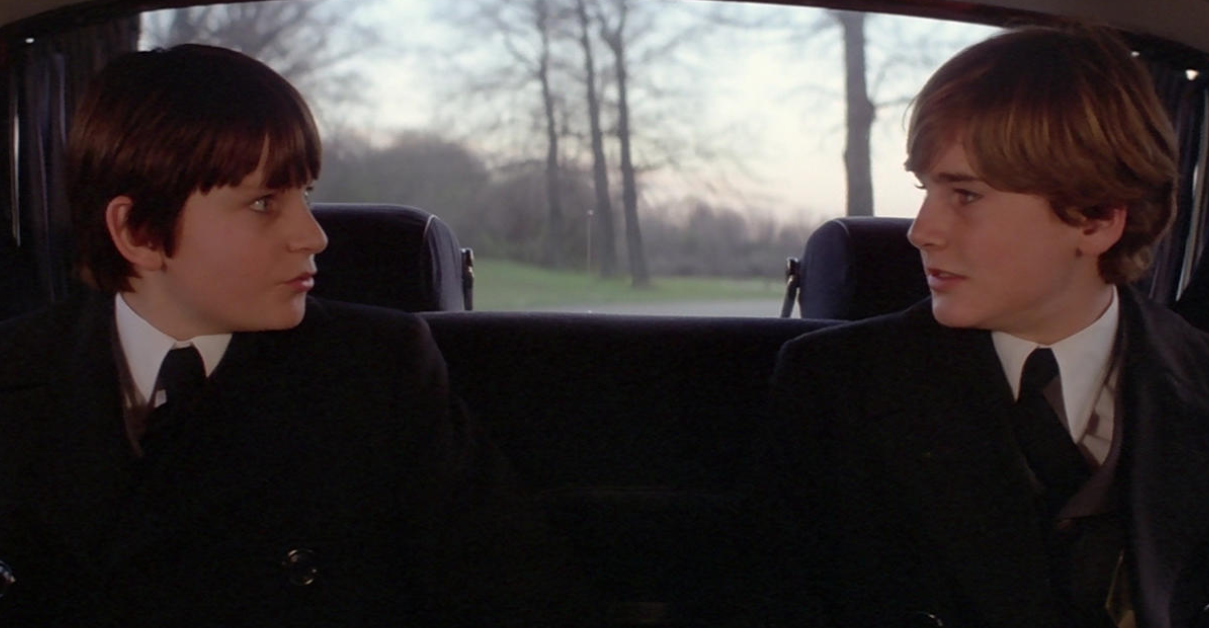
If you love The Omen, you owe it to yourself to see Damien: Omen II. It may not be as famous as the original but it’s a masterclass in showcasing demonic children and playing into religious fears. Following the example of the 1976 original, the 1978 sequel delivers even more strange and terrifying death sequences.
Halloween III: Season of the Witch
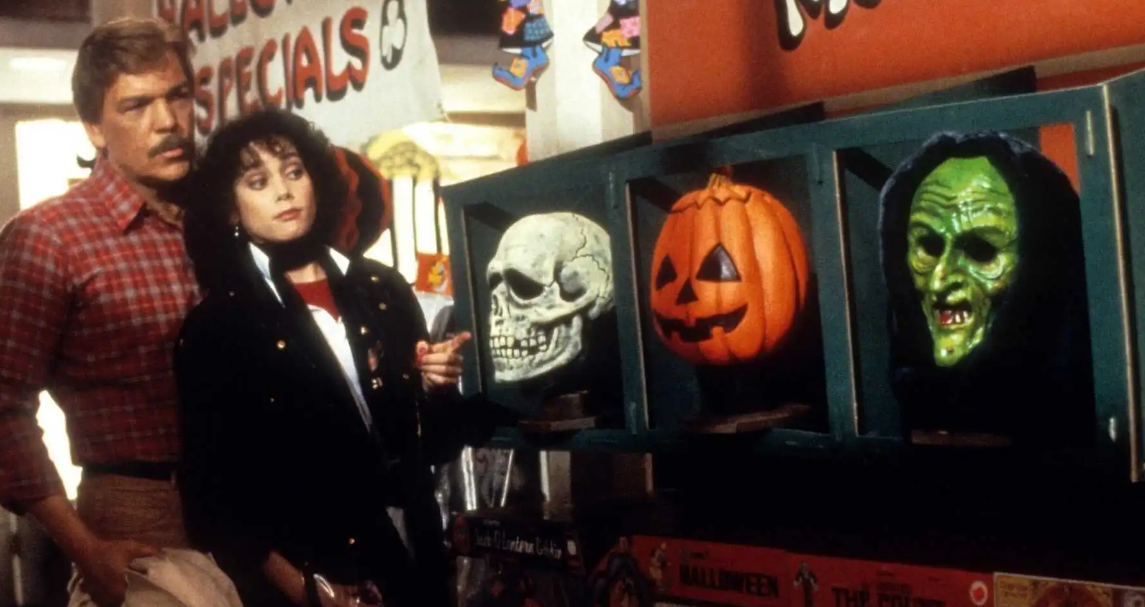
It’s not likely there’s any horror fan alive who hasn’t seen and appreciated John Carpenter’s 1978 slasher Halloween. 1982’s third instalment in the franchise deviates from the story of Michael Myers entirely, but while this upset some fans, it’s still a great horror movie in its own right. Carpenter’s screenplay delivers an eerie atmosphere and for many, it’s the most underrated horror film ever.
Pearl
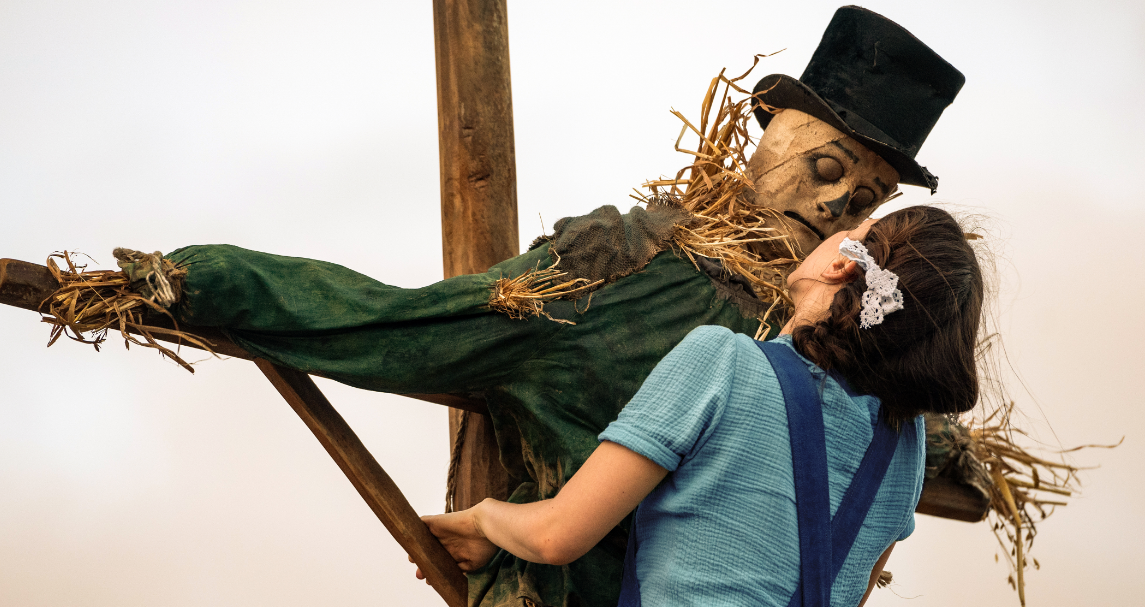
In recent years A24 has arguably distributed some of the best horror films ever, and 2022’s Pearl definitely deserves a spot on that list. A sequel to X, Pearl showcases the backstory of the murderous title character, exploring the lengths one will be willing to go to for a life of fame. Ti West shows exceptional directorial skills and Mia Goth shines in the role.
Ju-On : The Grudge
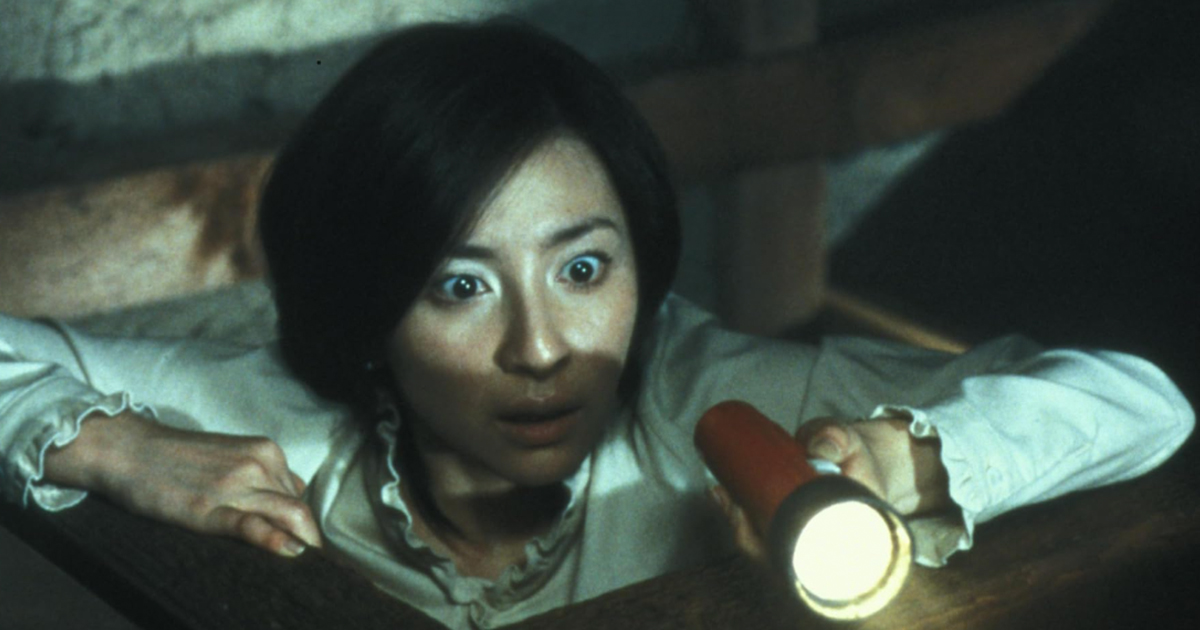
You might have thought that 2002’s Ju-On: The Grudge was the original film in the Japanese horror series, but it’s in fact the third feature in the franchise following on from 2000’s Ju-On: The Curse and Jun-On: The Curse 2. It was on this one that writer-director Takashi Shimizu really perfected the format, delivering an utterly terrifying and incredibly effective chiller.
V/H/S 2
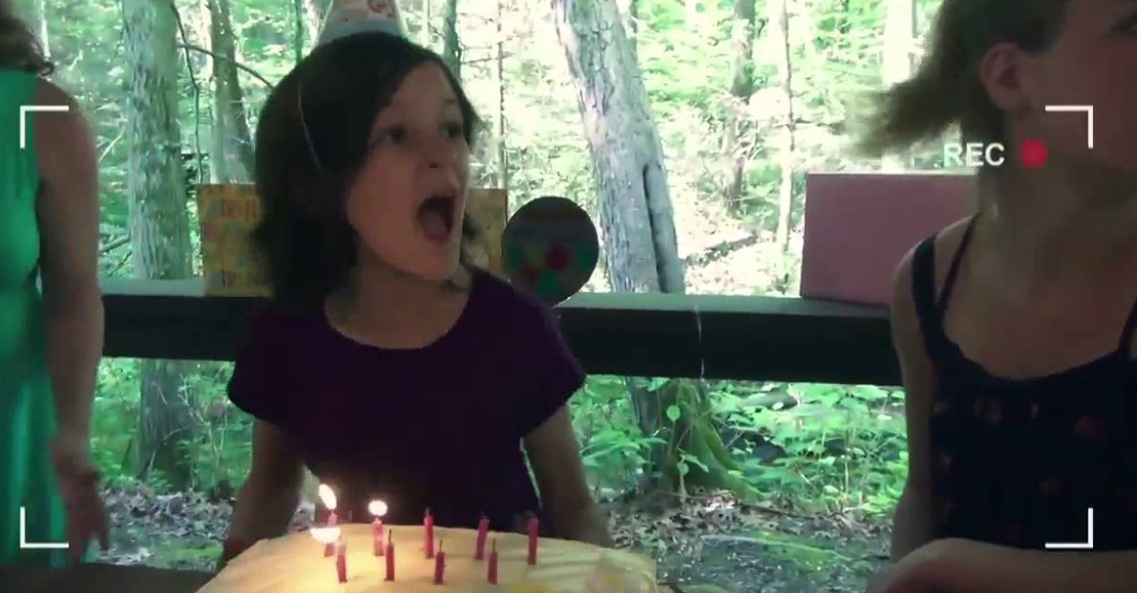
A staple of found footage horror films, the V/H/S franchise has some incredible sequences: who could forget Amateur Night from the 2012 original? However, it’s te second film in the franchise that really shines. The 2013 horror anthology explores all manner of dark and twisted themes, and Timo Tjahjanto and Gareth Evan’s Safe Haven will haunt your waking hours.
The Strangers: Prey At Night
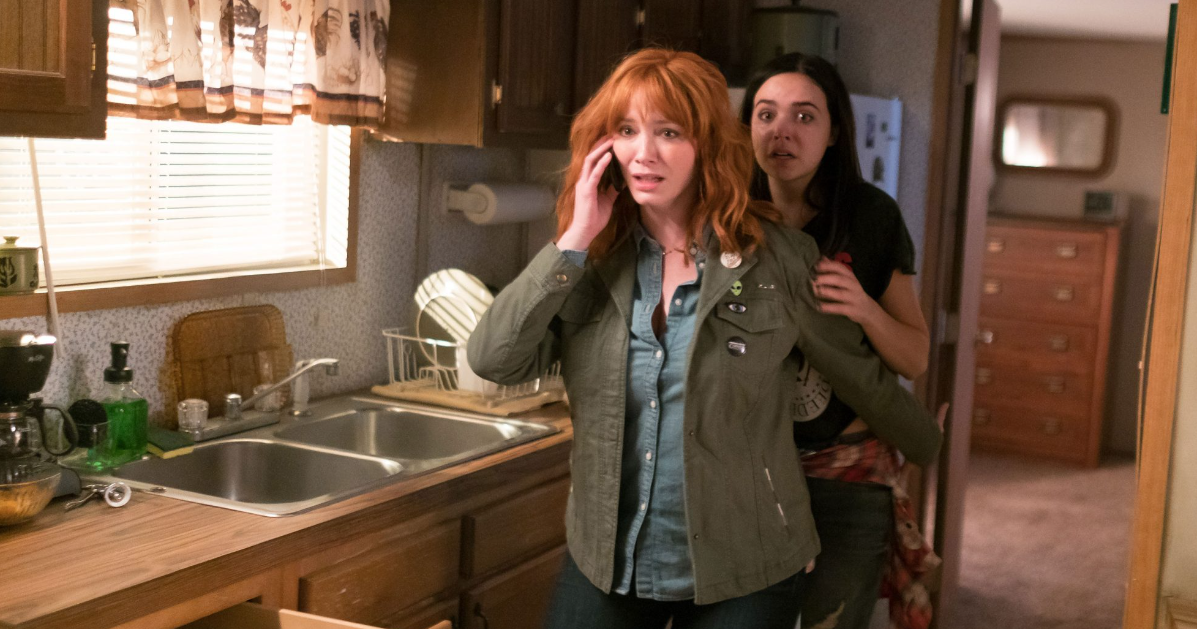
What could be more terrifying than someone stalking and killing you? Someone doing it for no reason at all. The follow-up to 2008’s The Strangers, 2018’s The Strangers: Prey At Night makes that violence even more horrific when an innocent family becomes the target of three psychopaths, whose clear lack of motive makes their violence all the more disturbing.